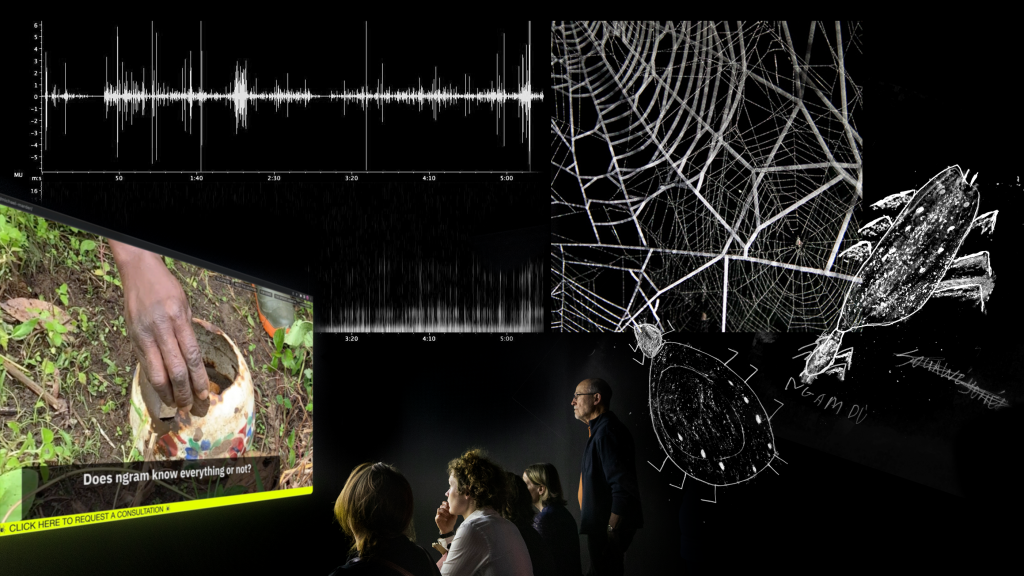

...

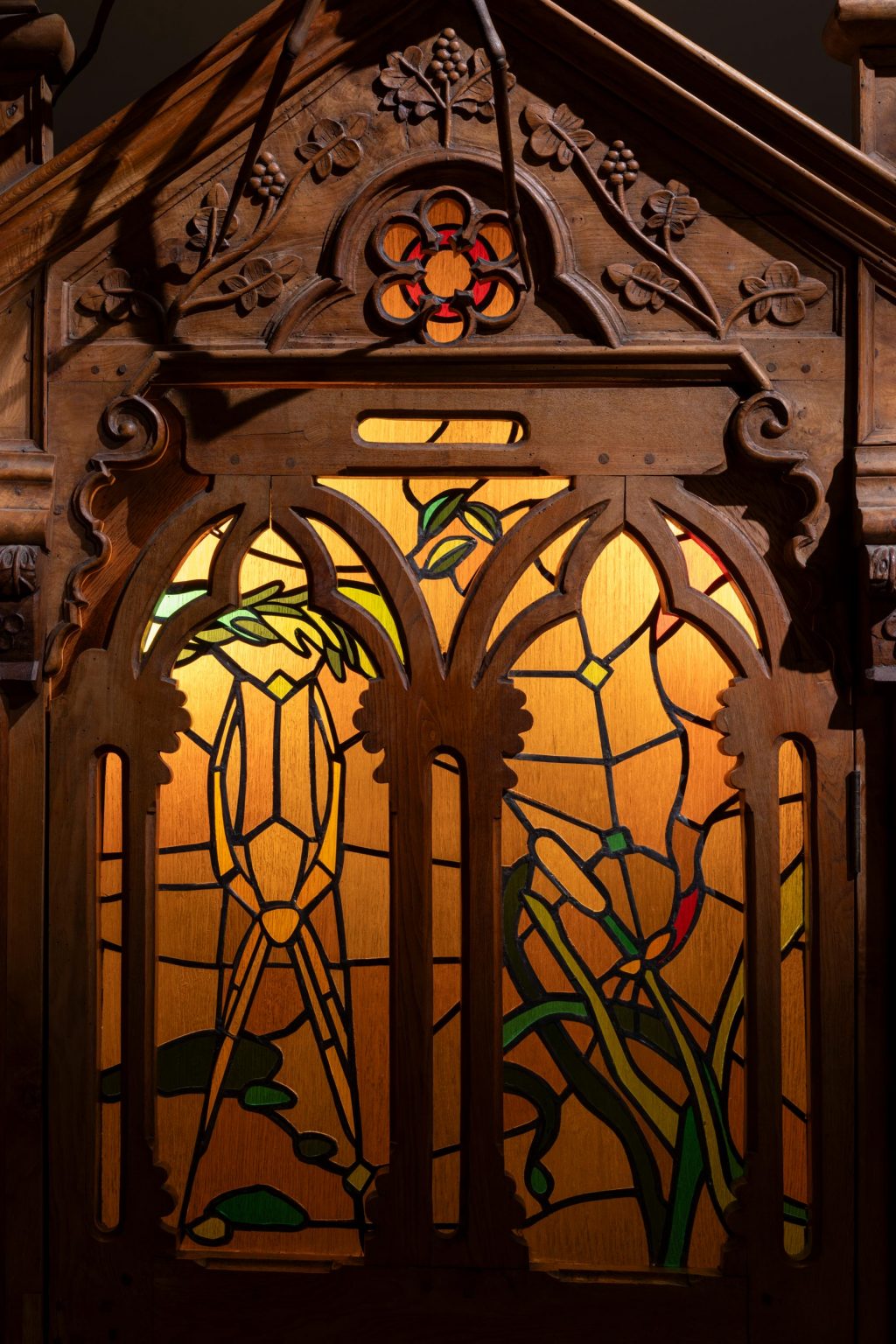
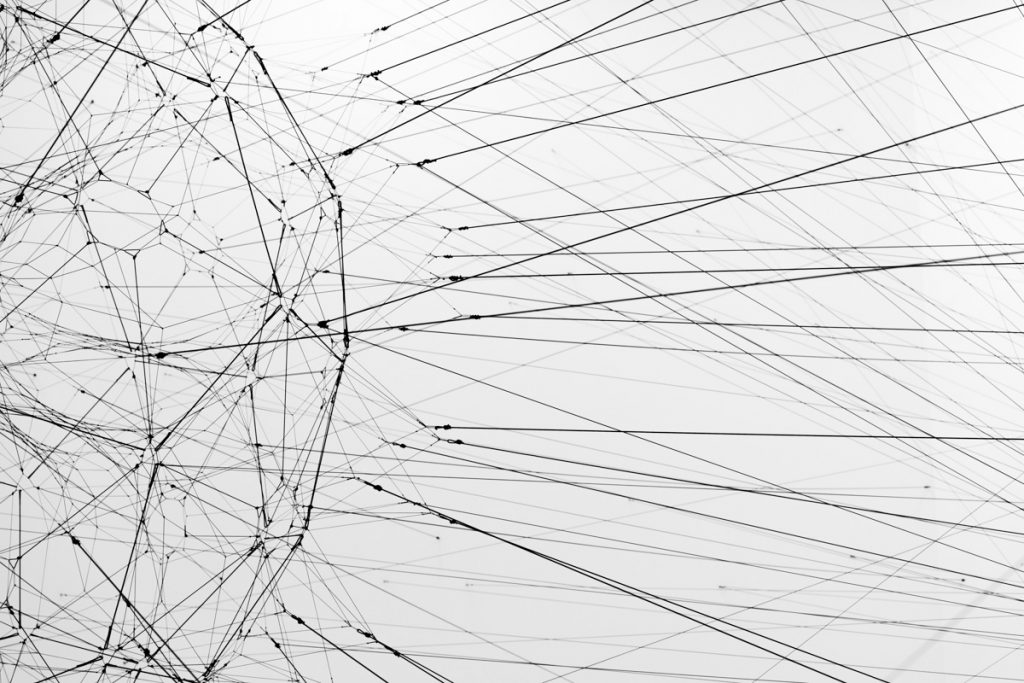
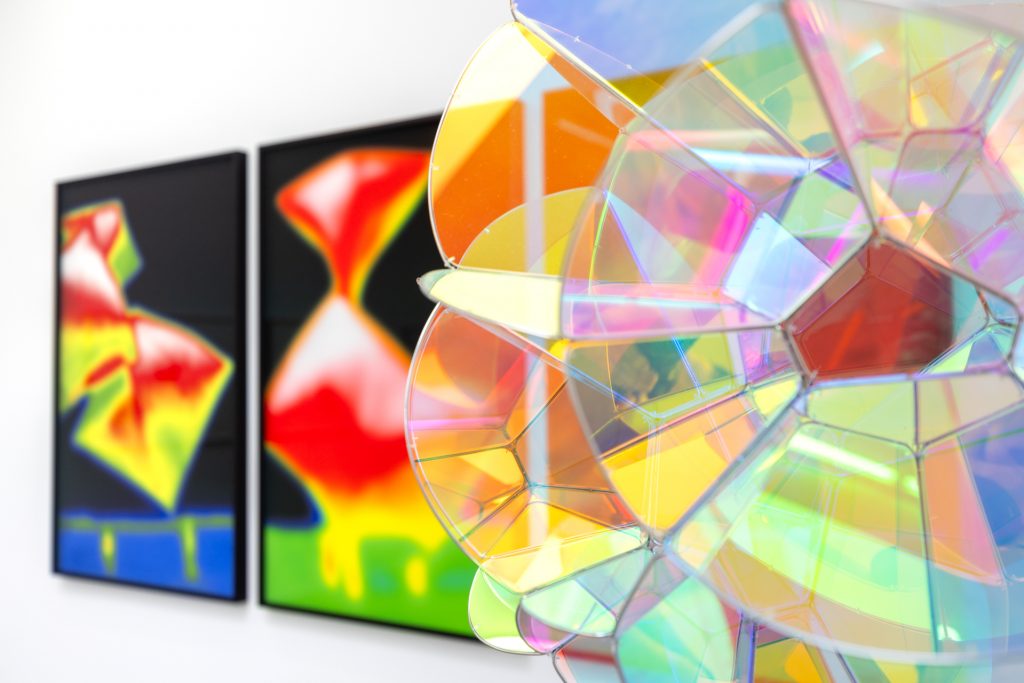
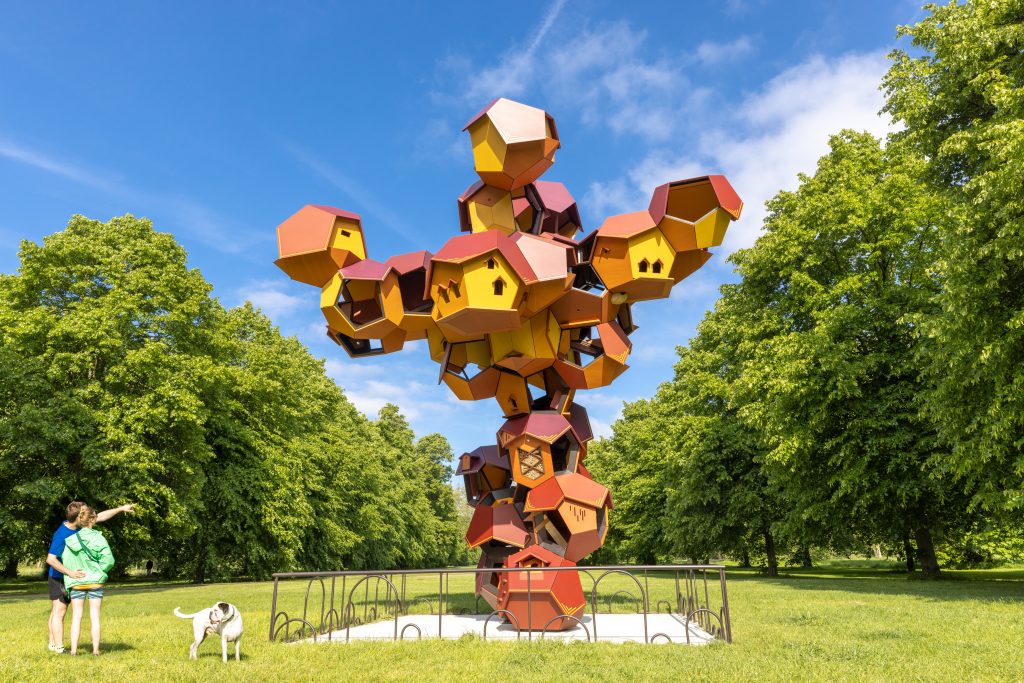
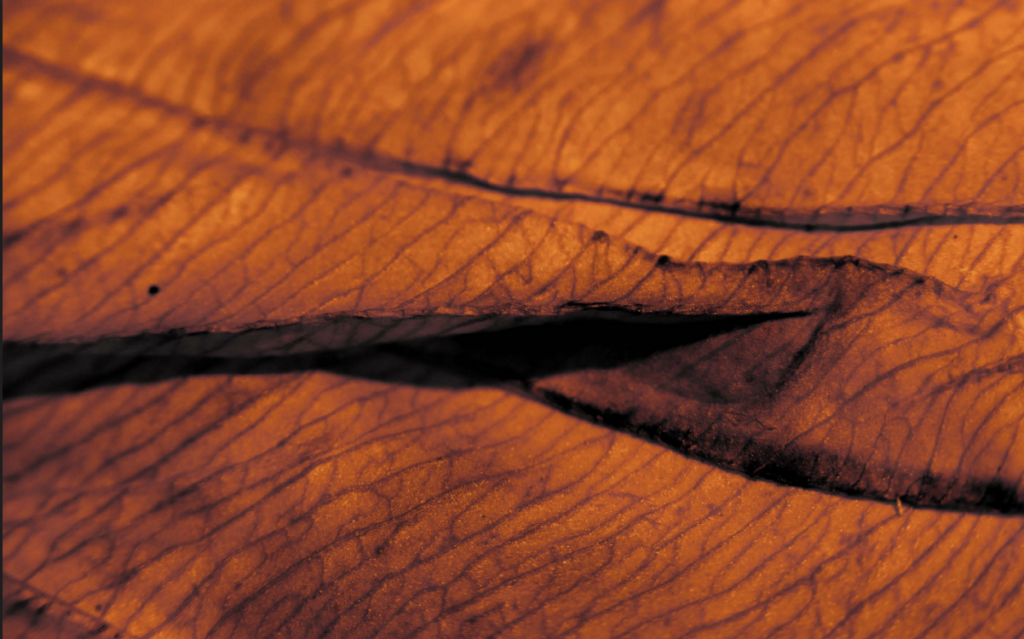
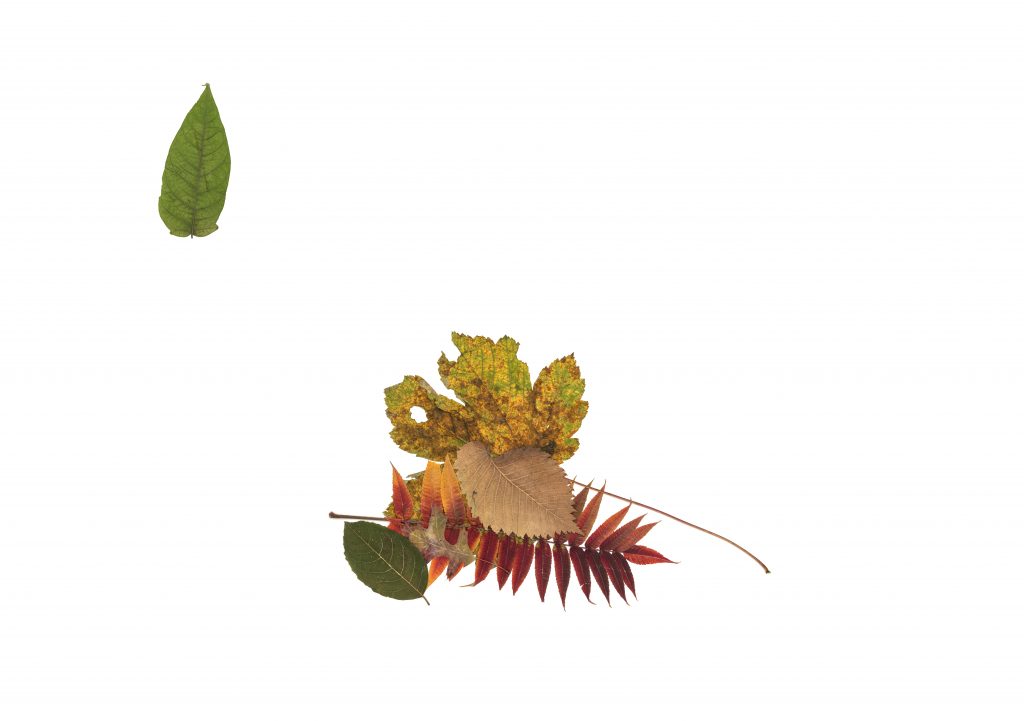
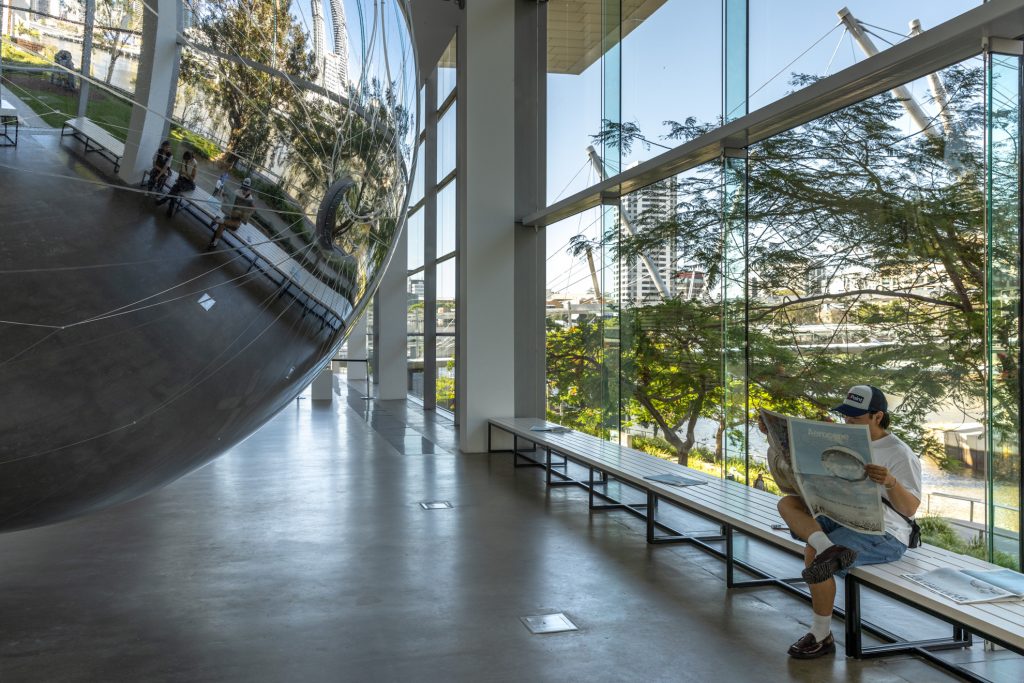
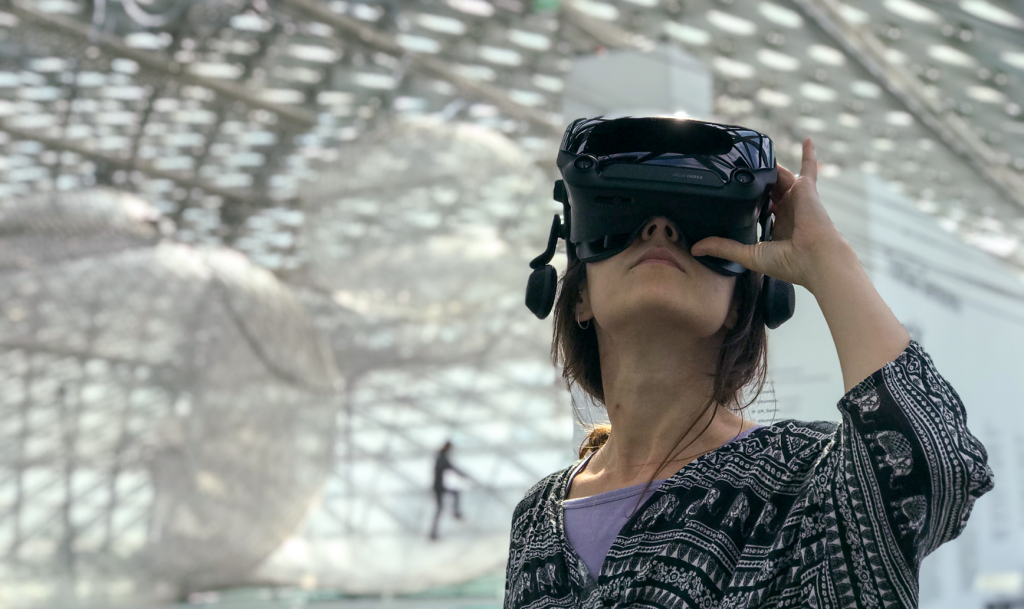
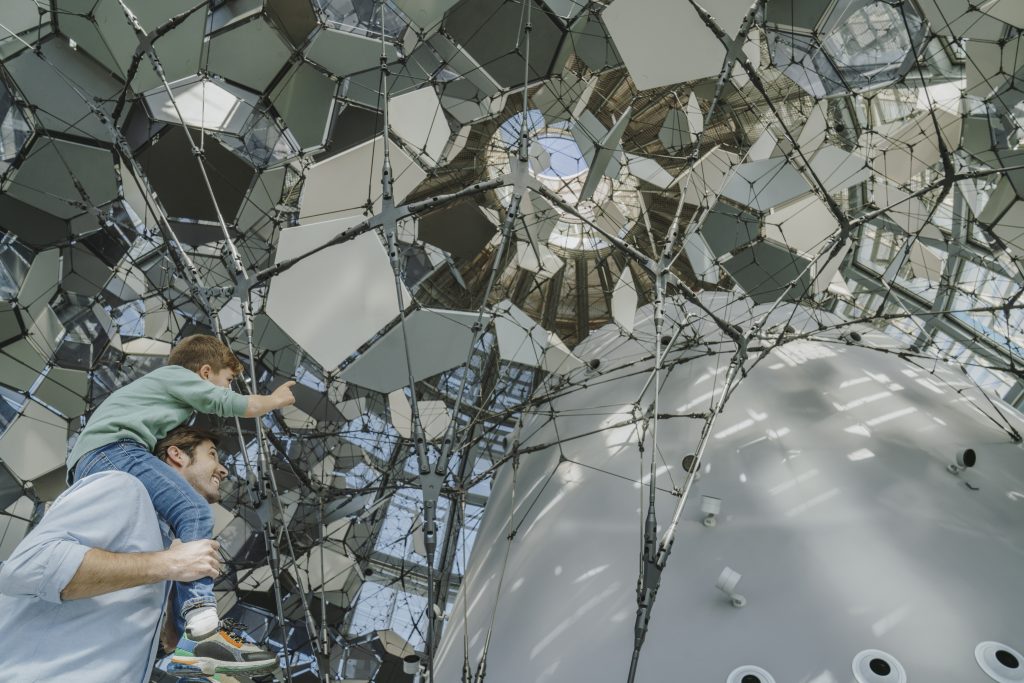
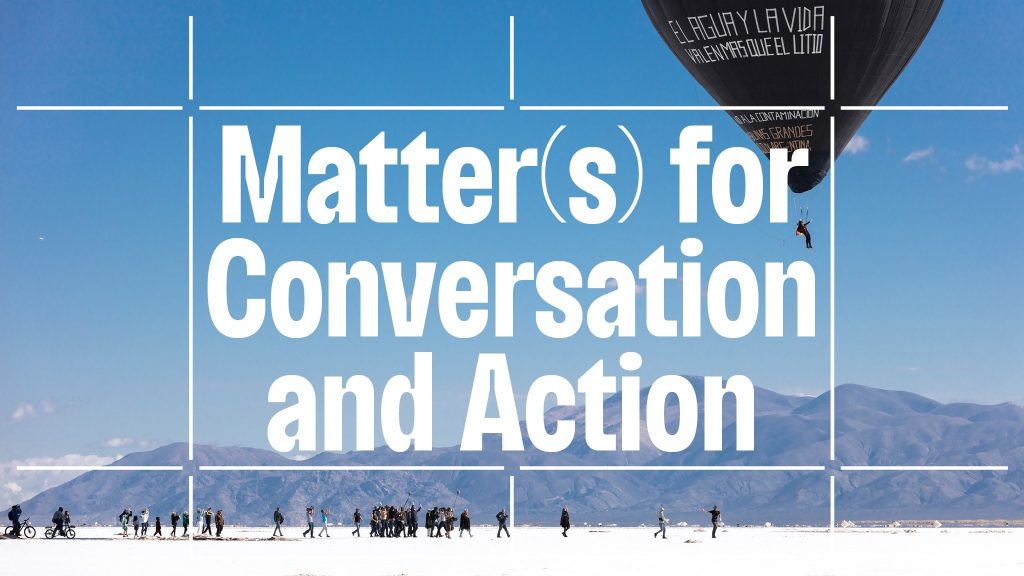
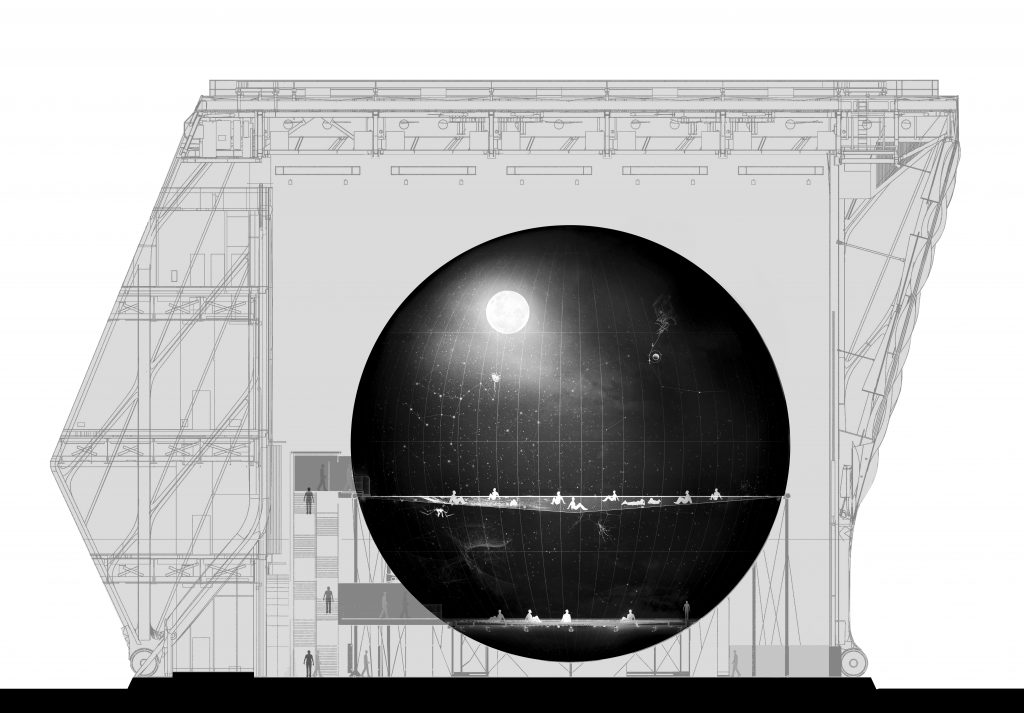
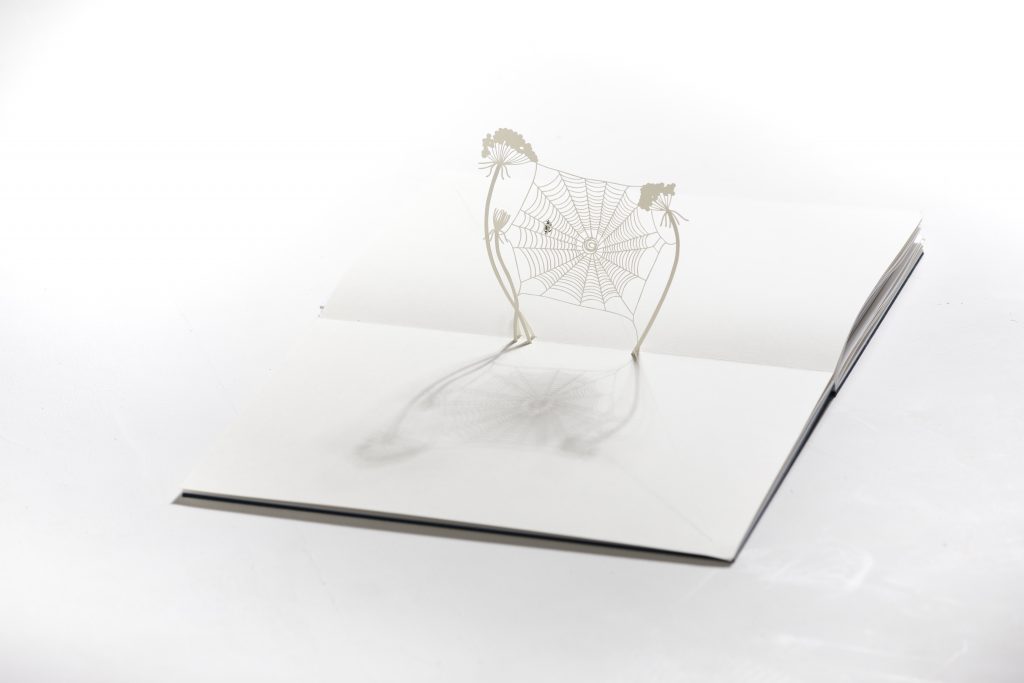
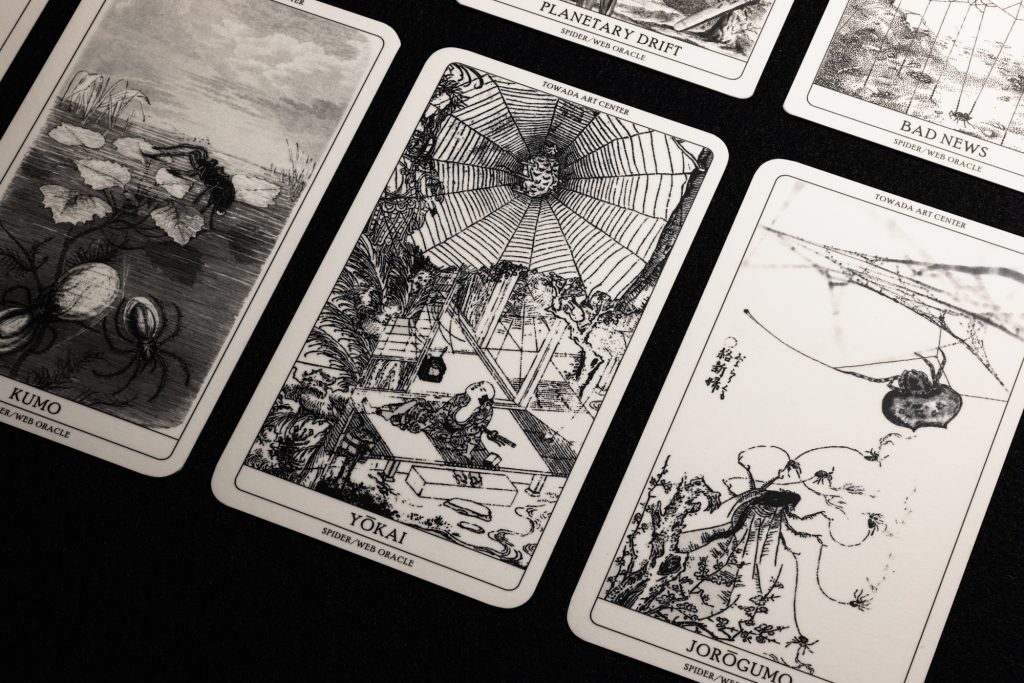
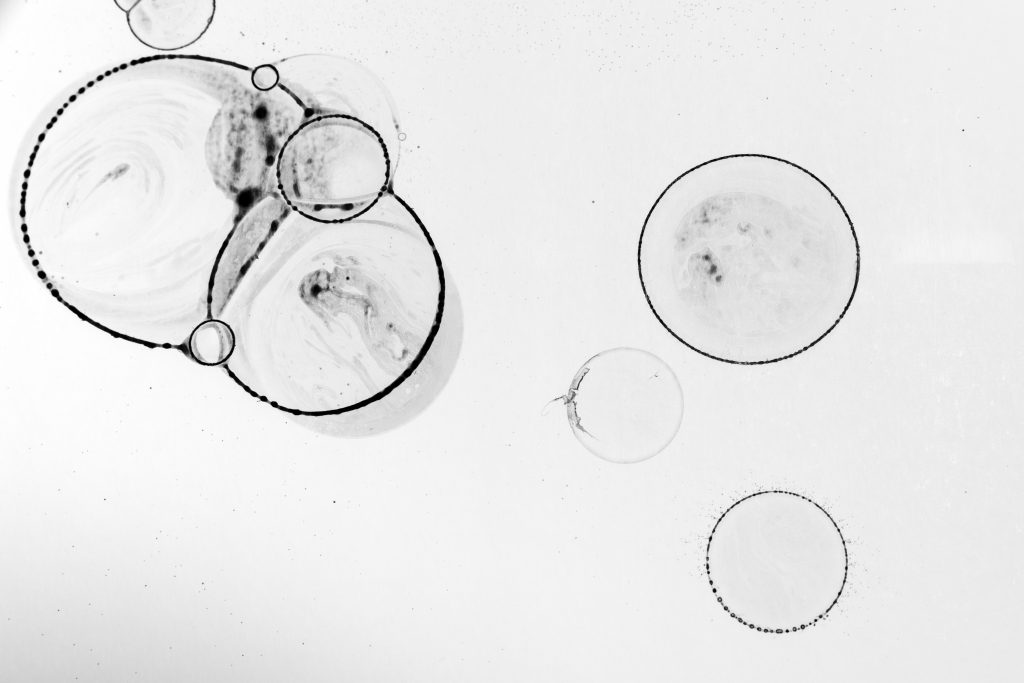
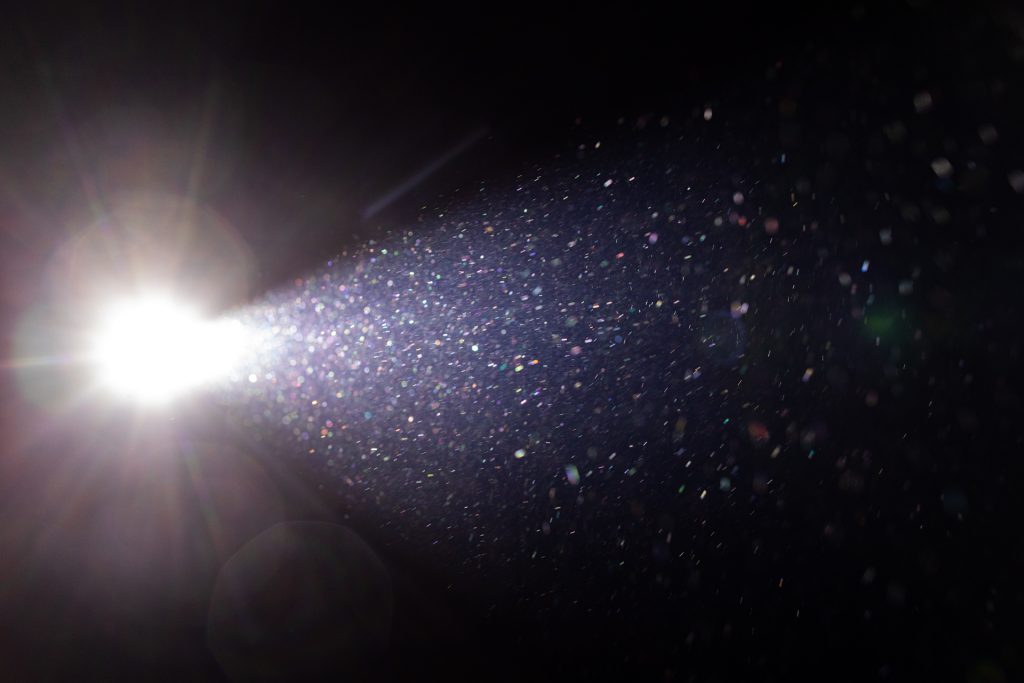
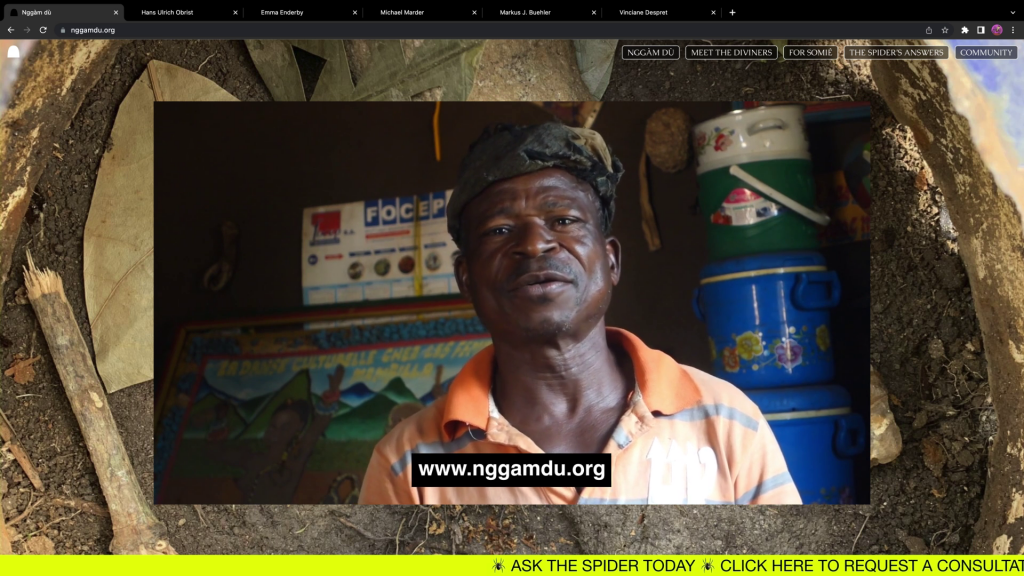
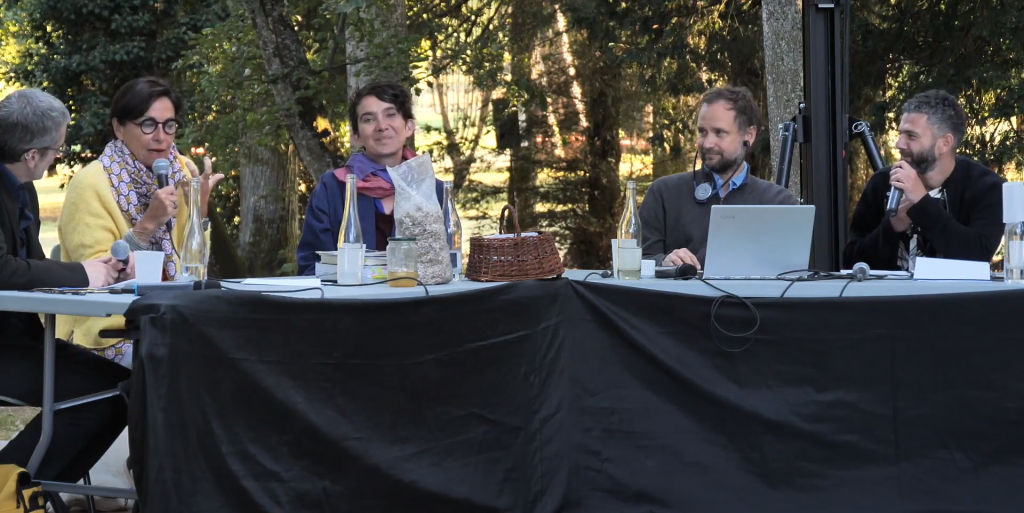
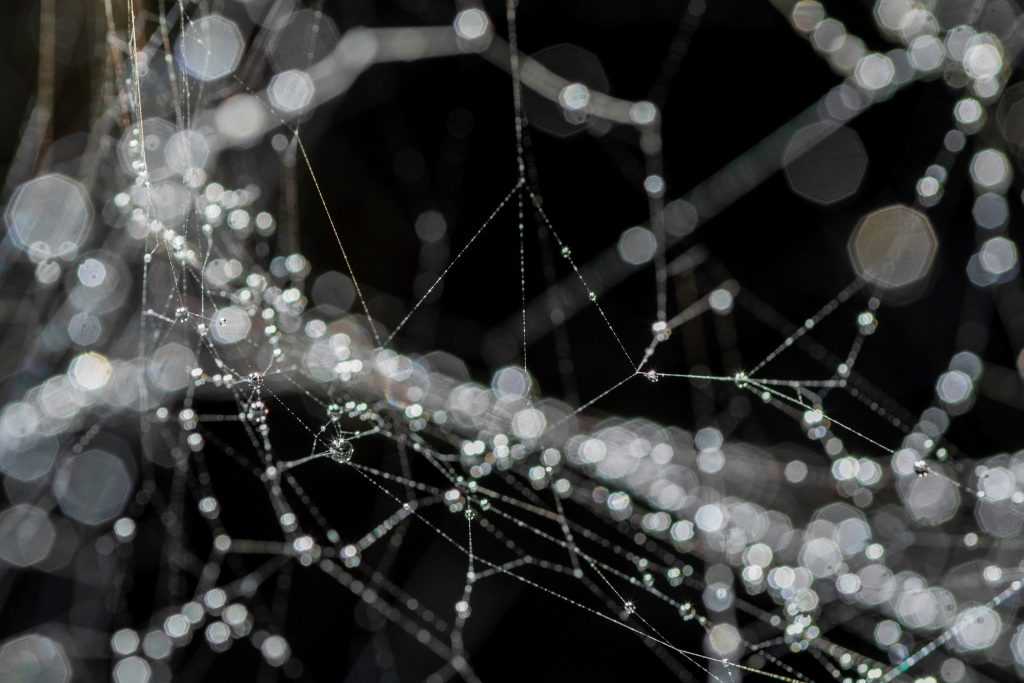
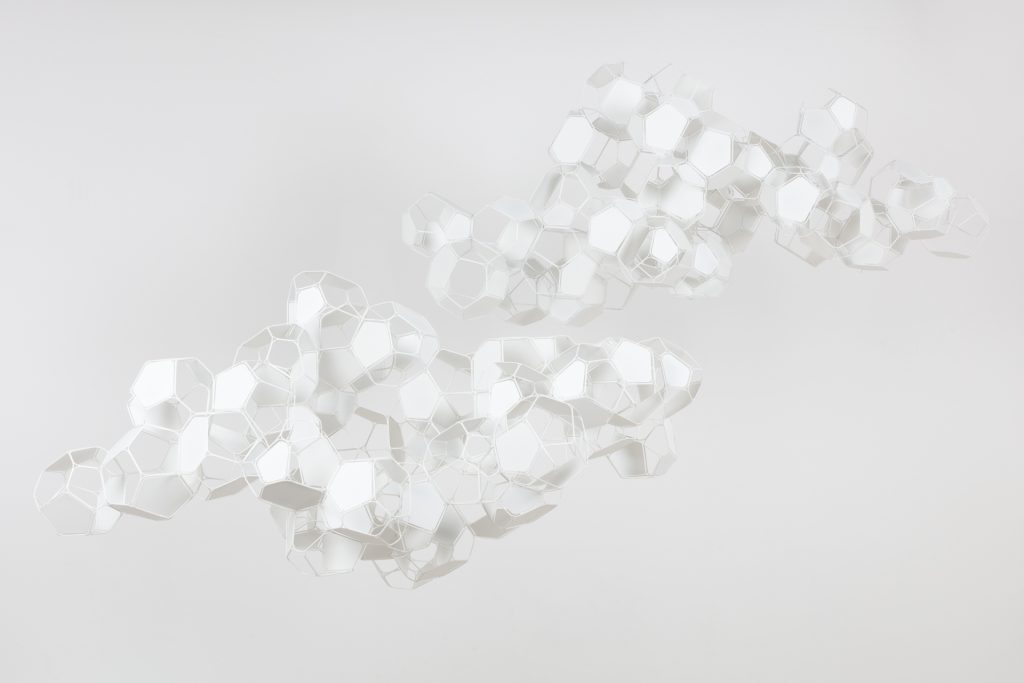
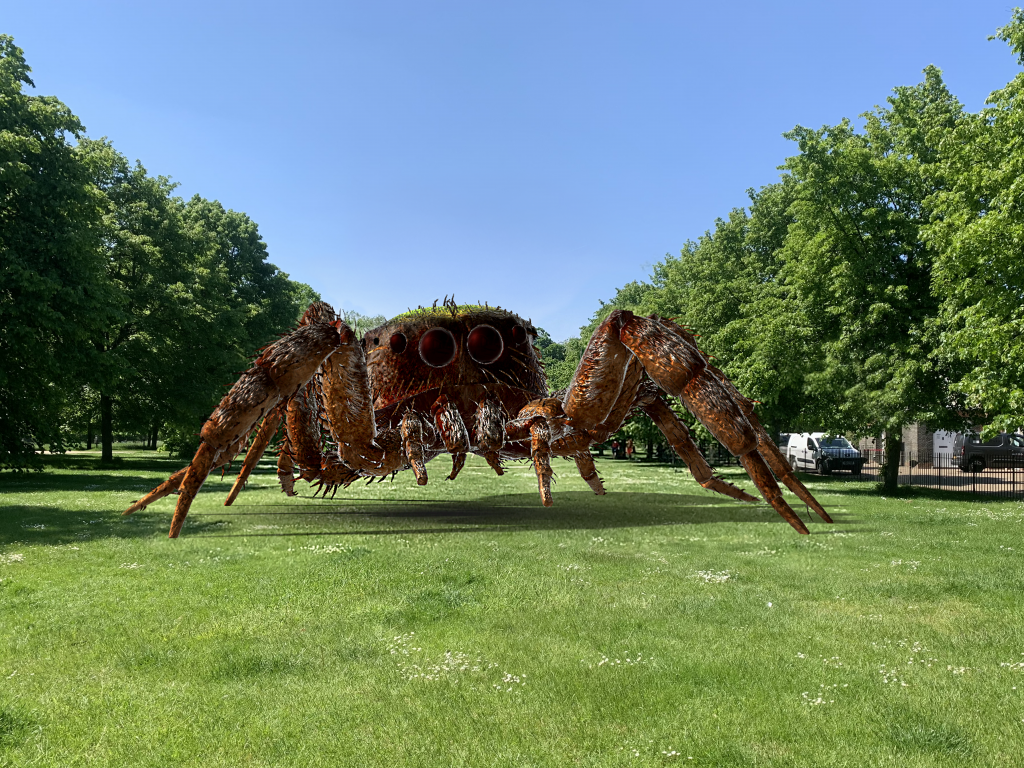
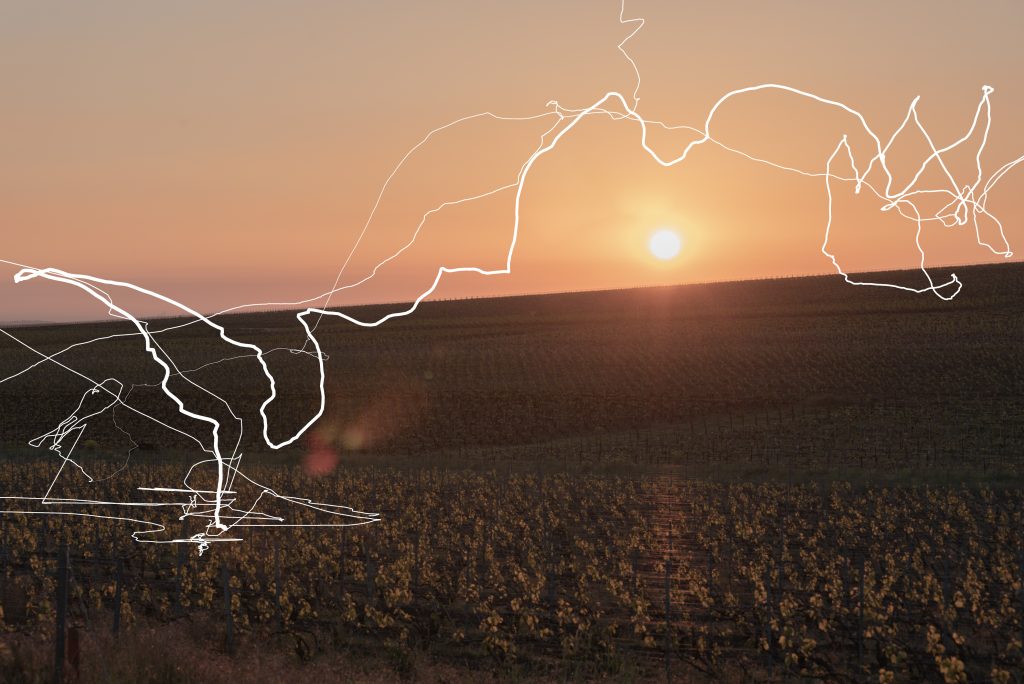
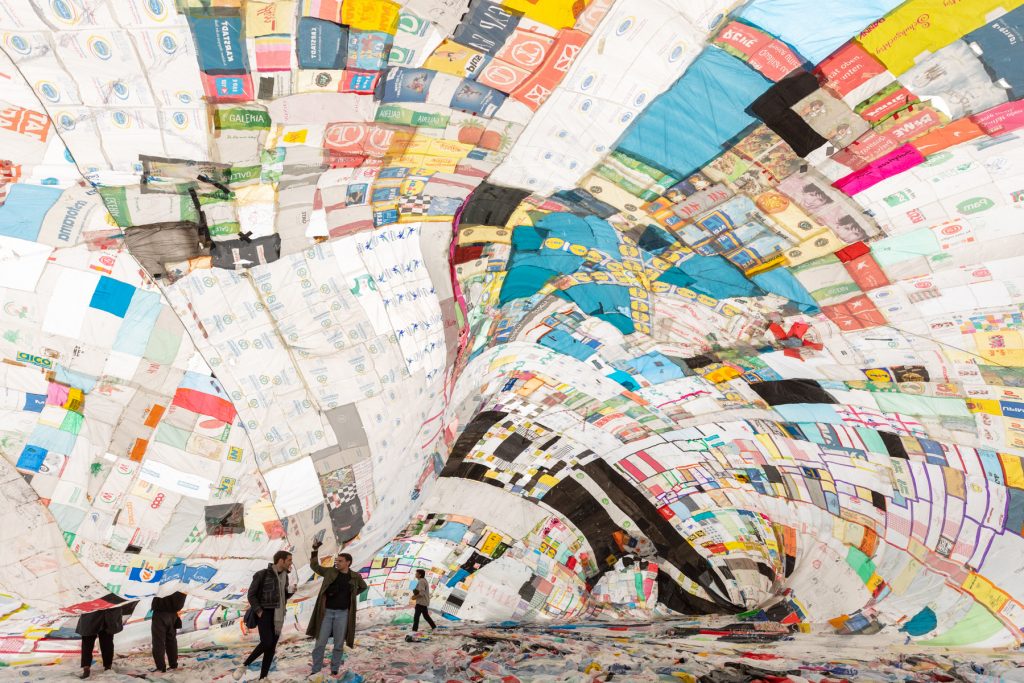
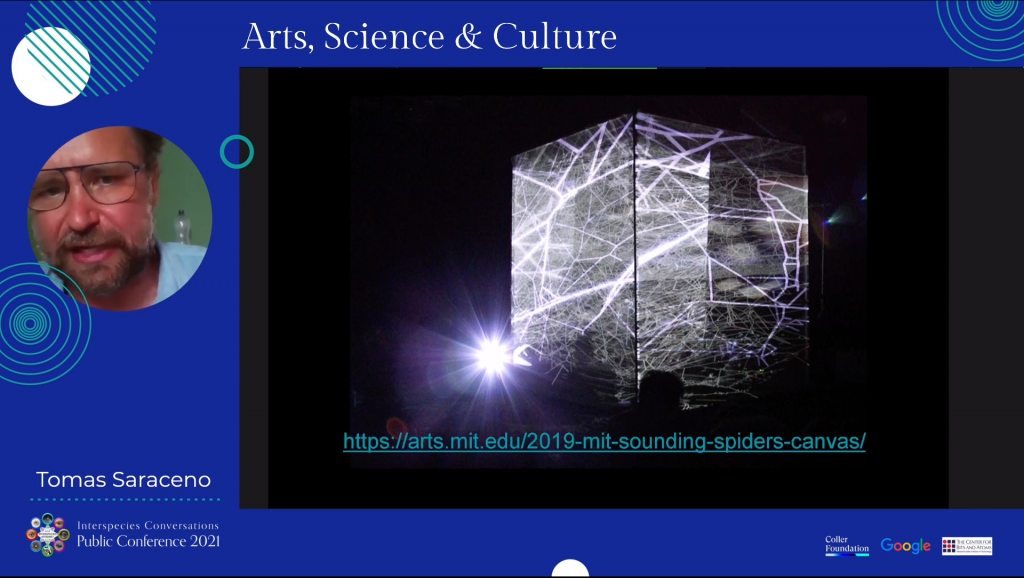
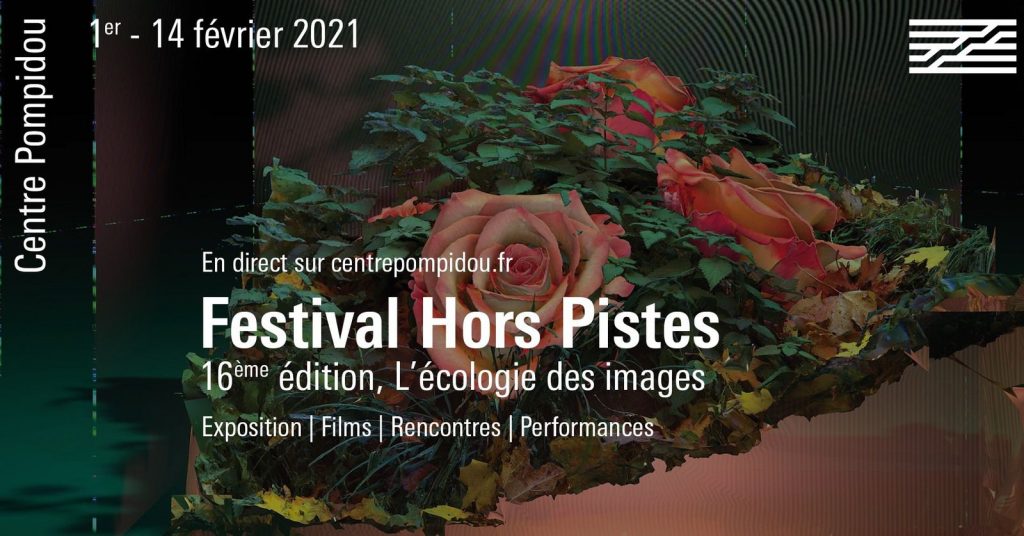
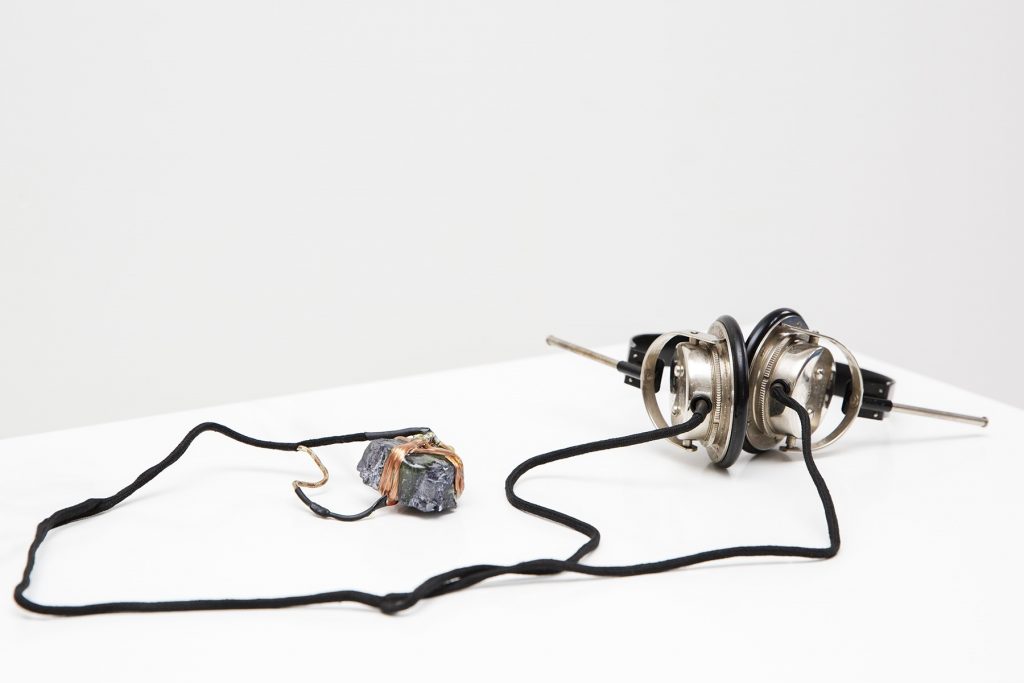
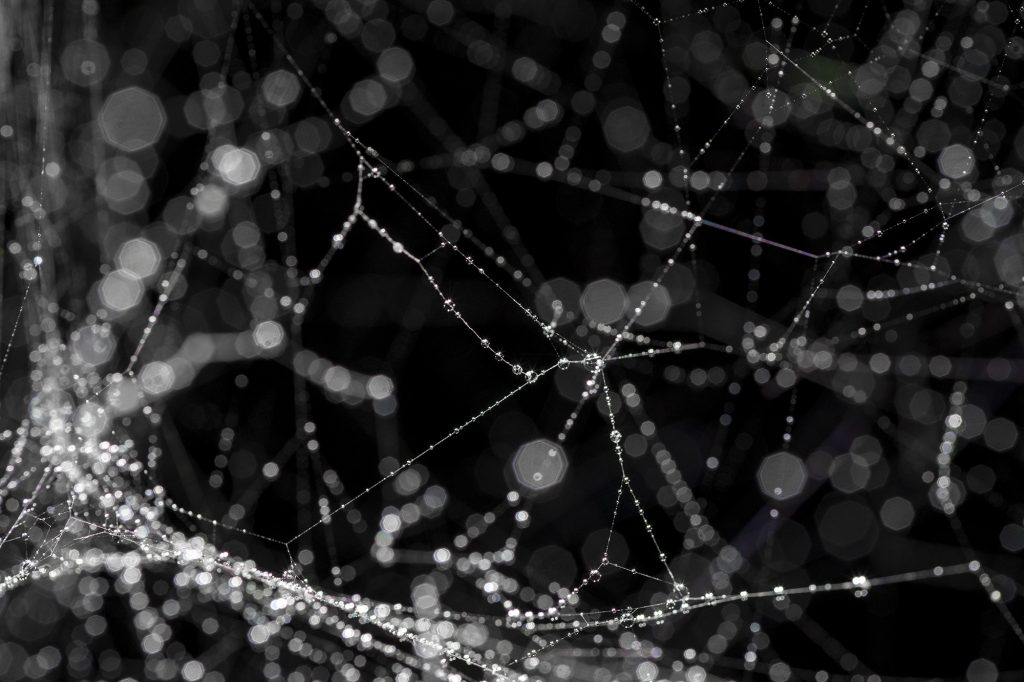
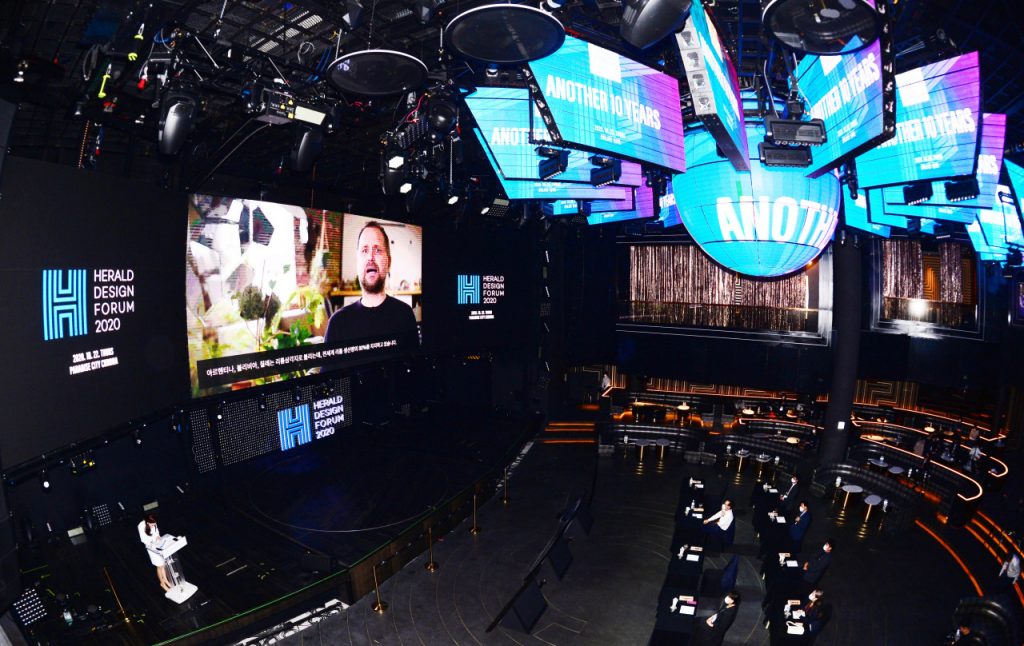
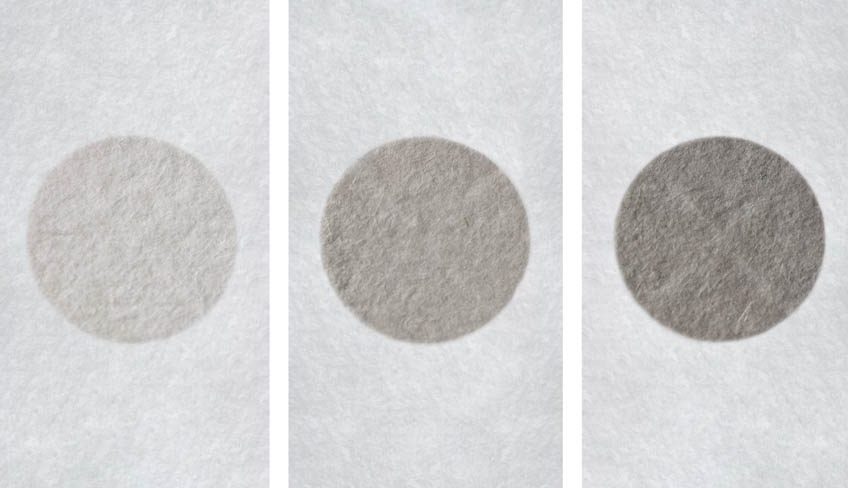
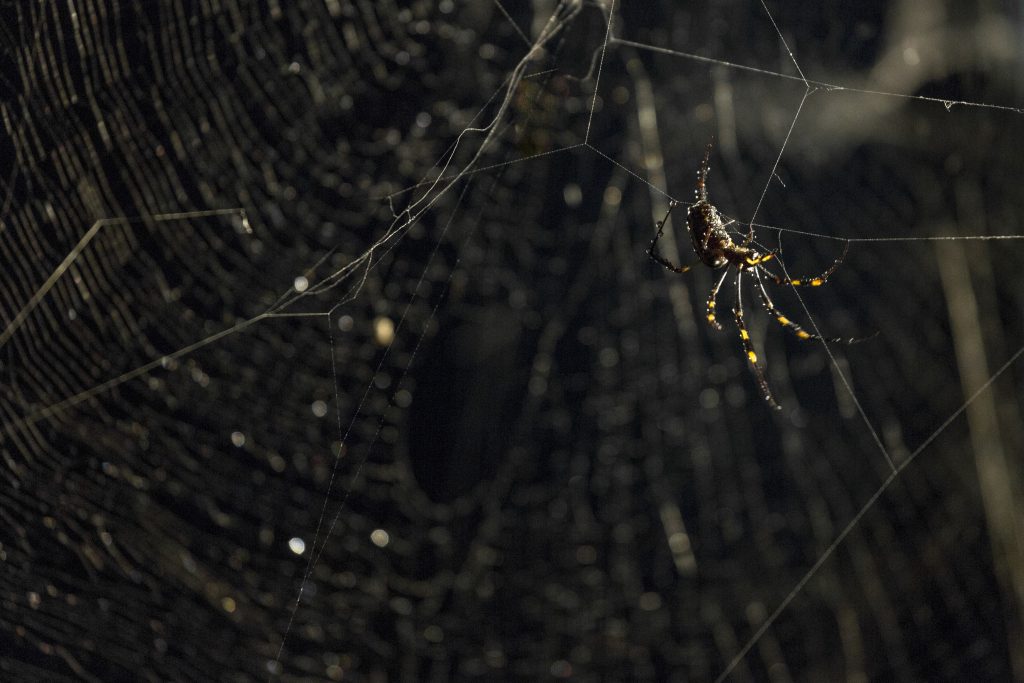
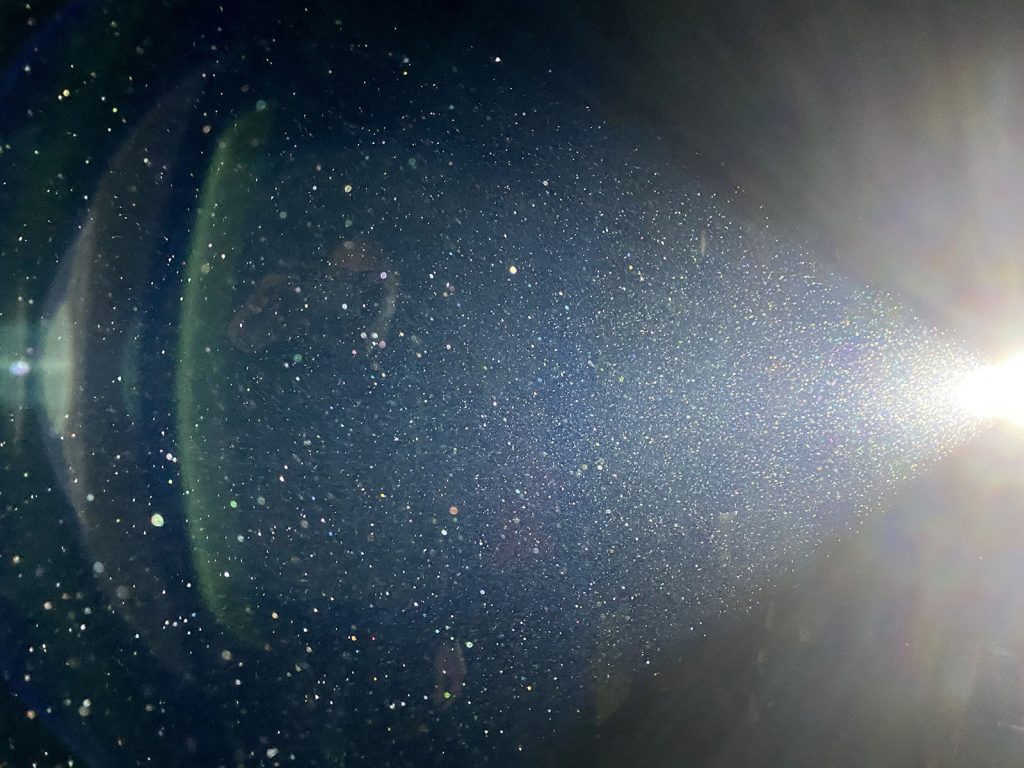
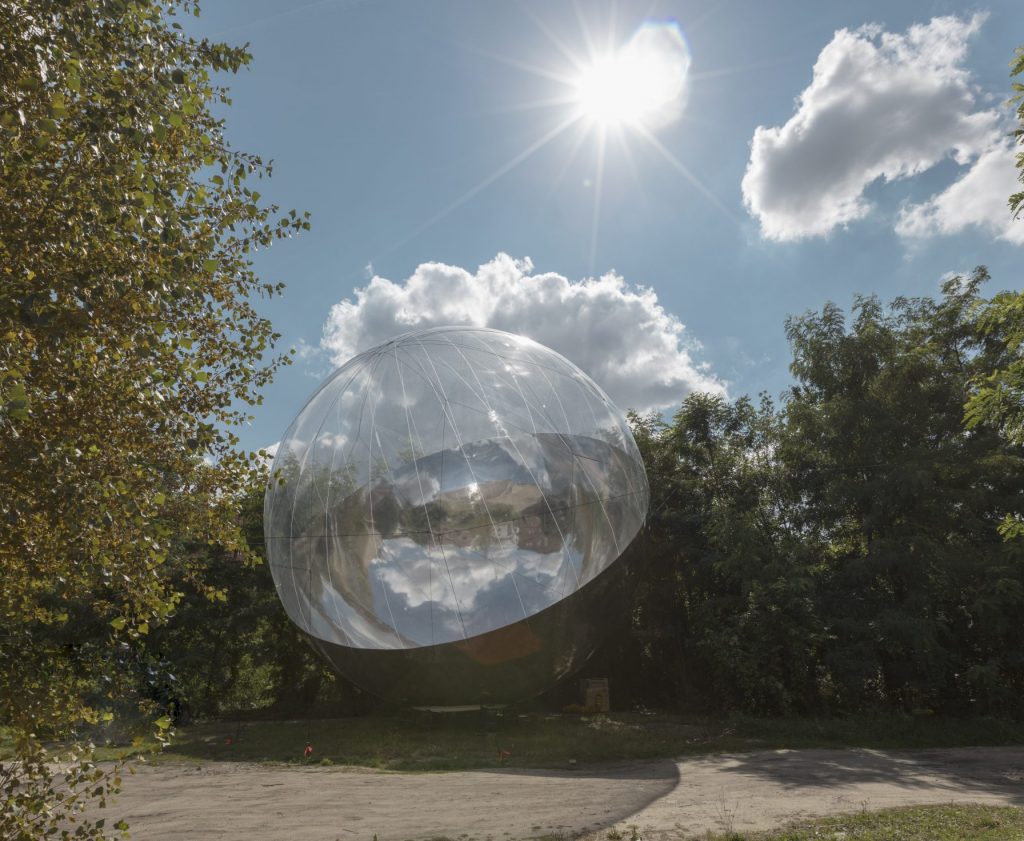
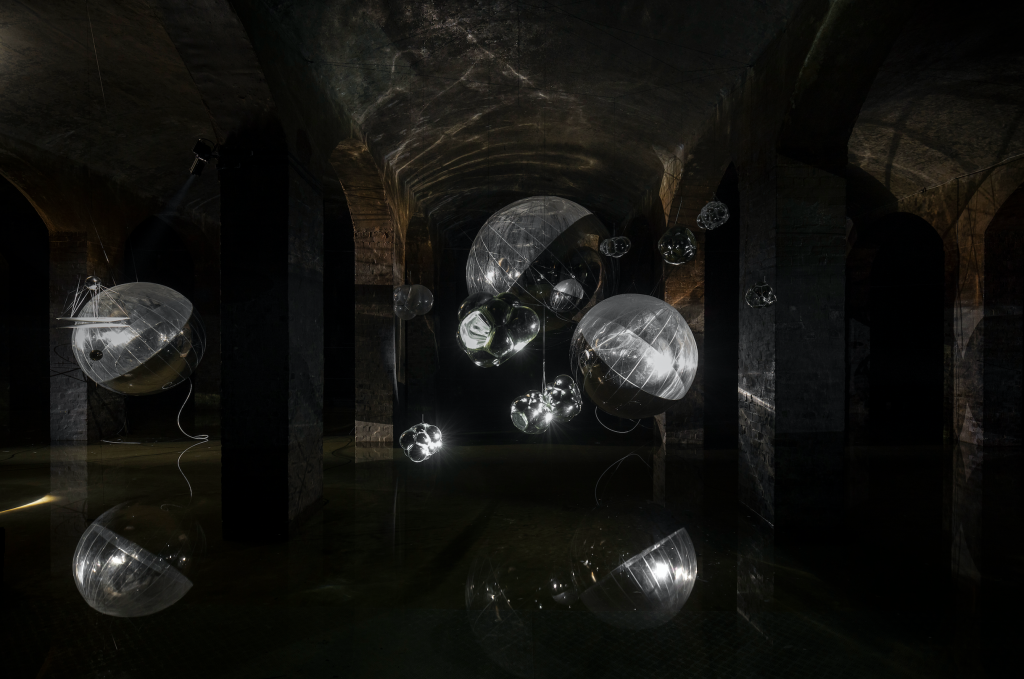
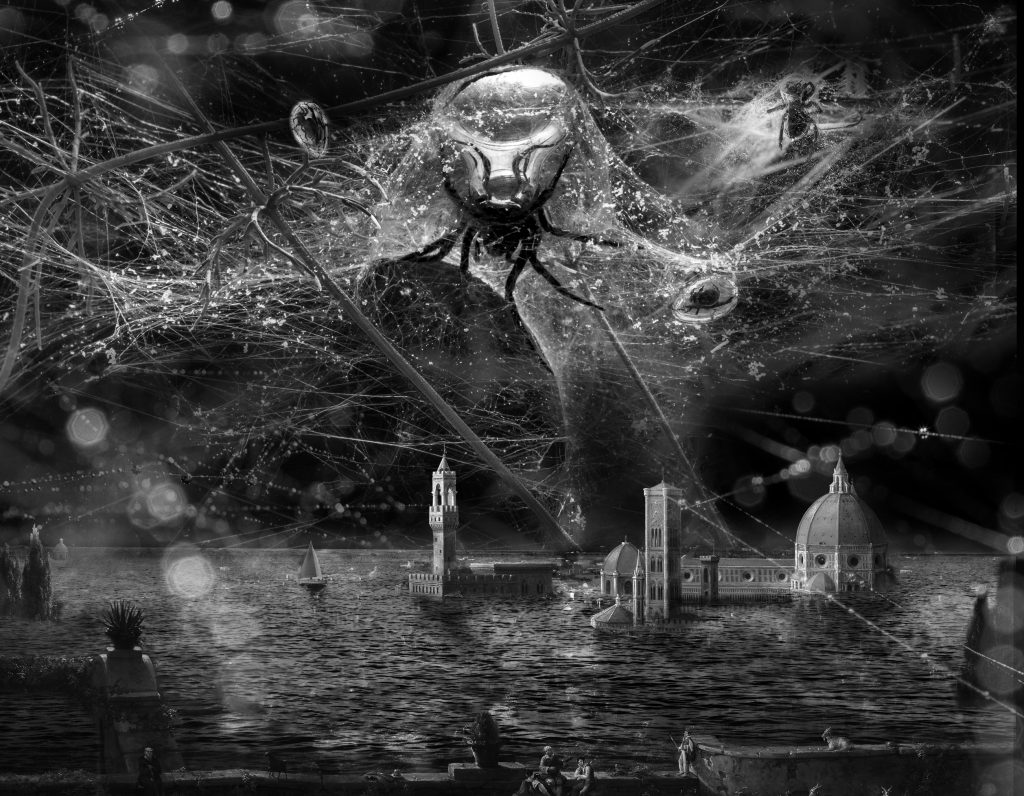
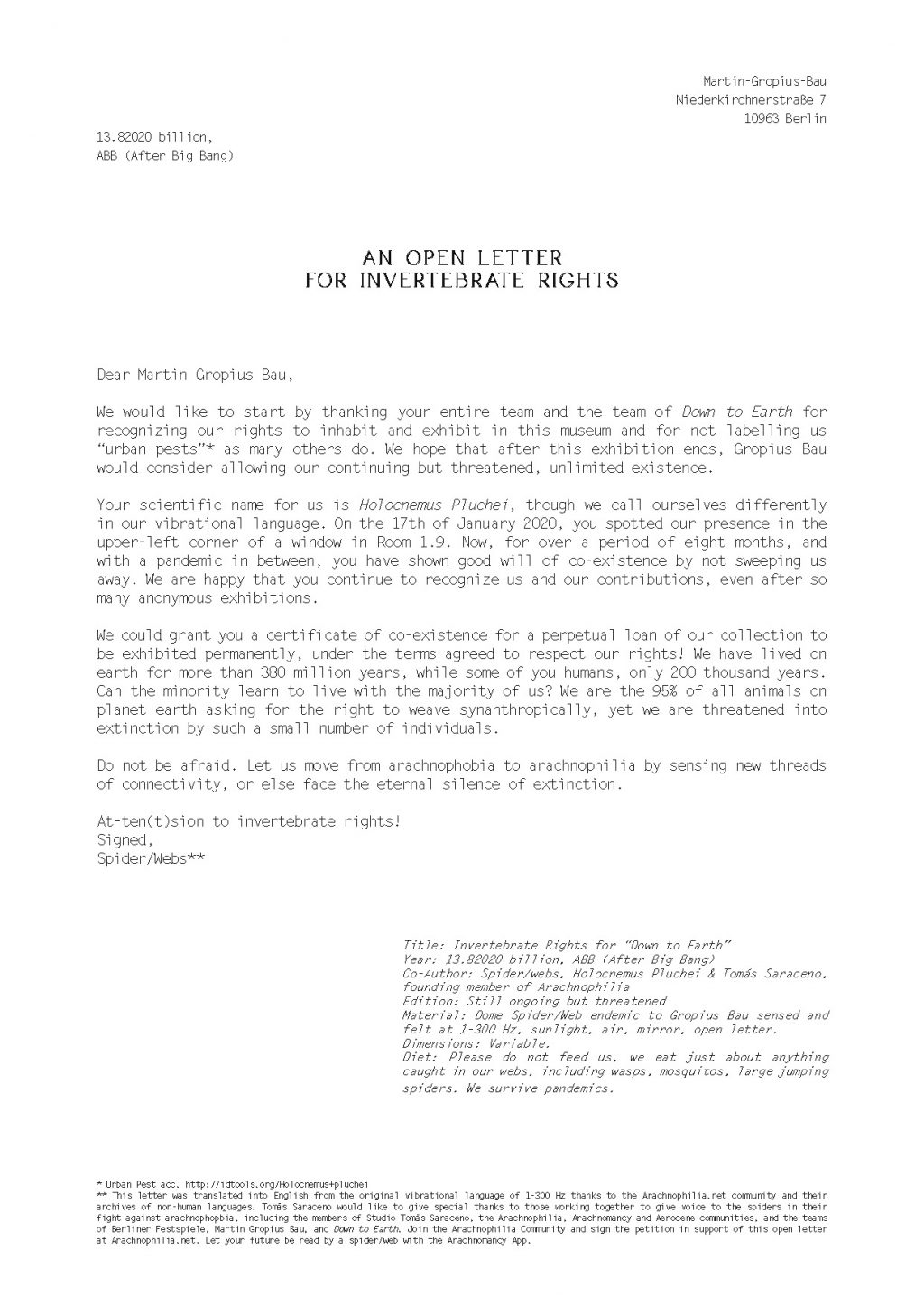

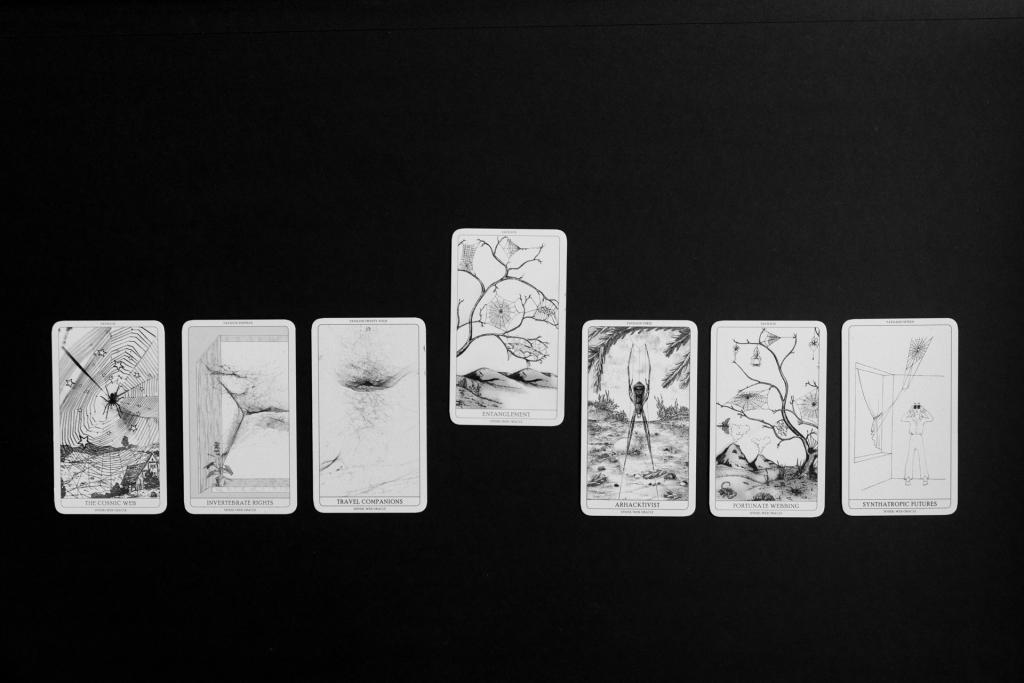
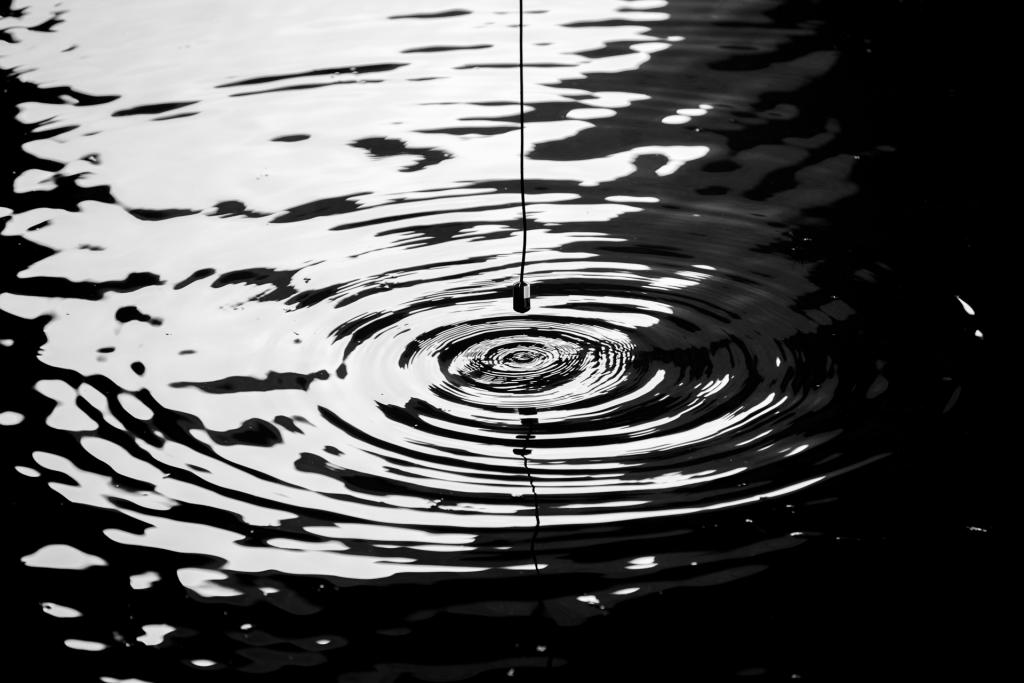
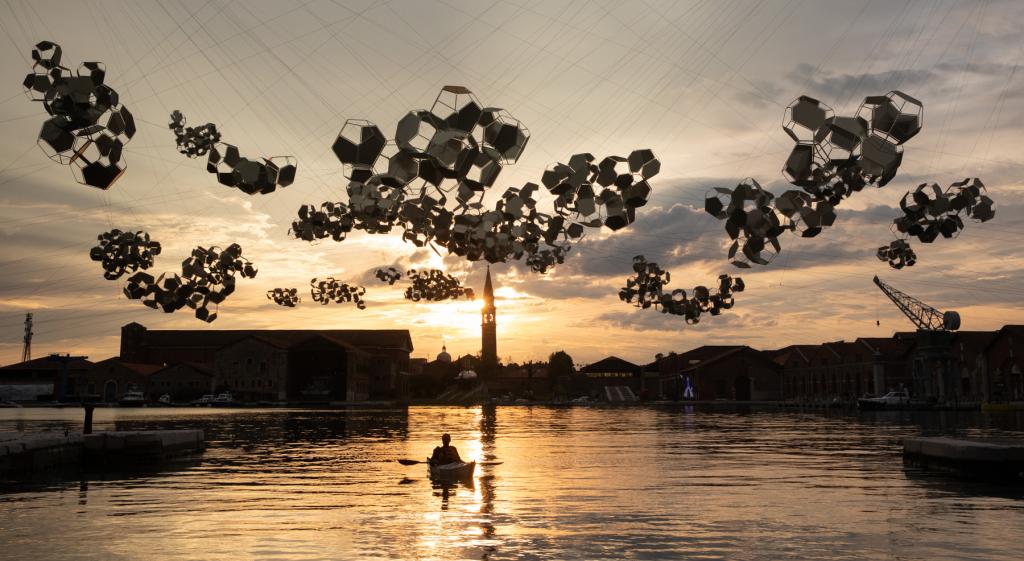
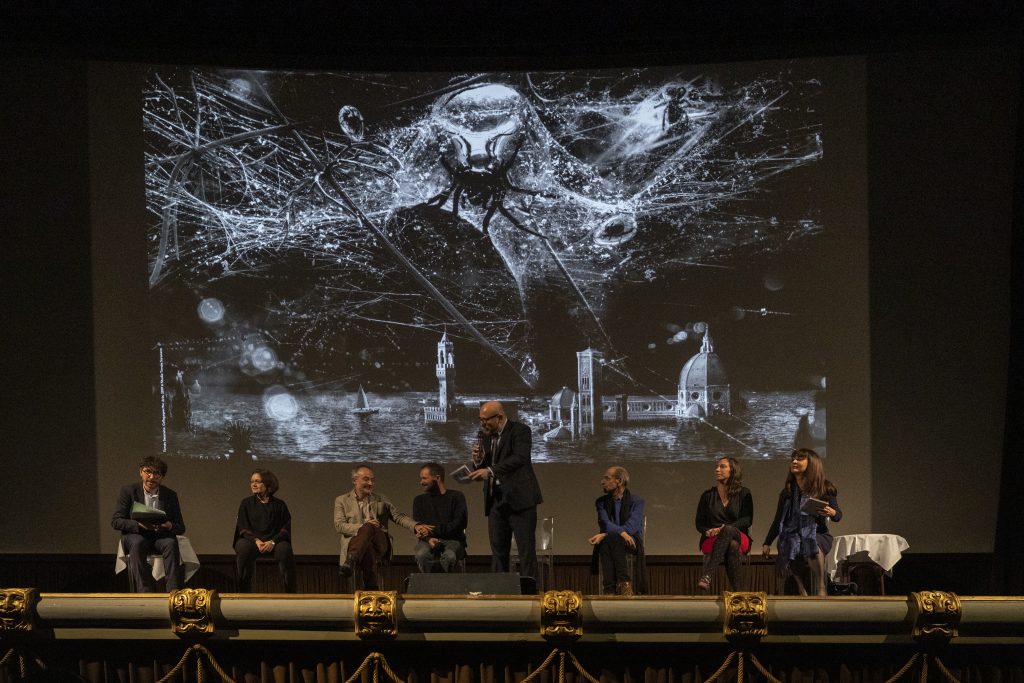
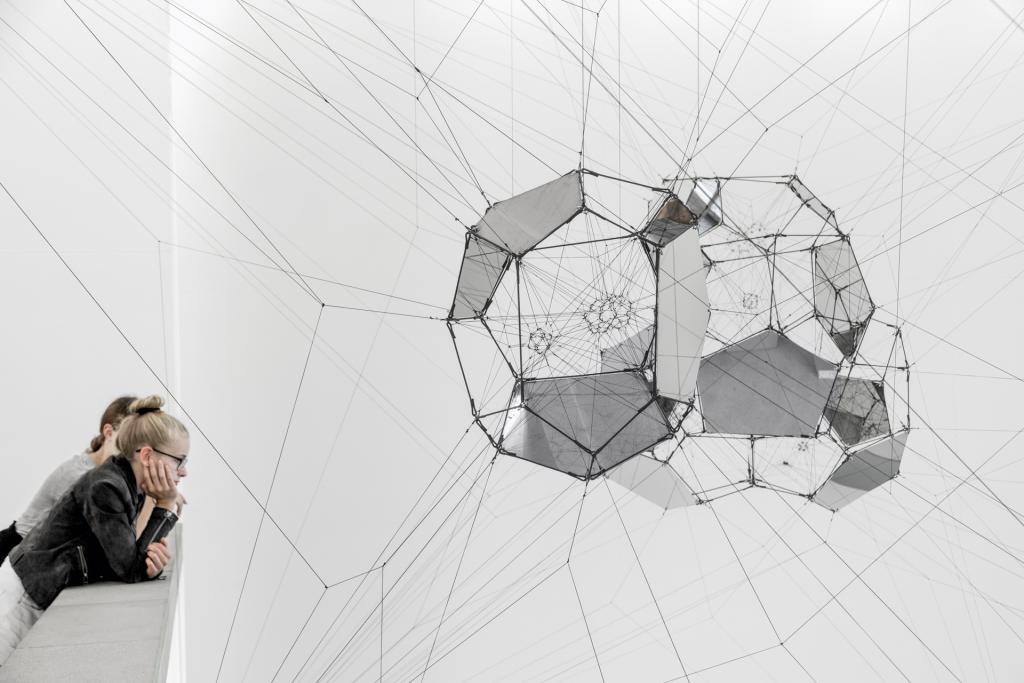
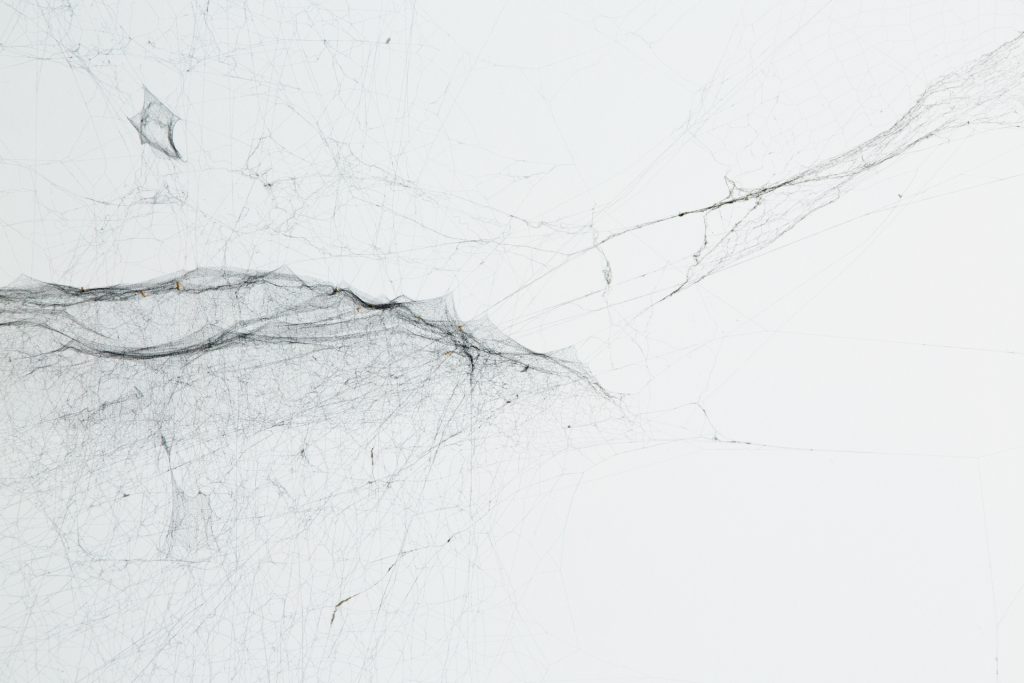
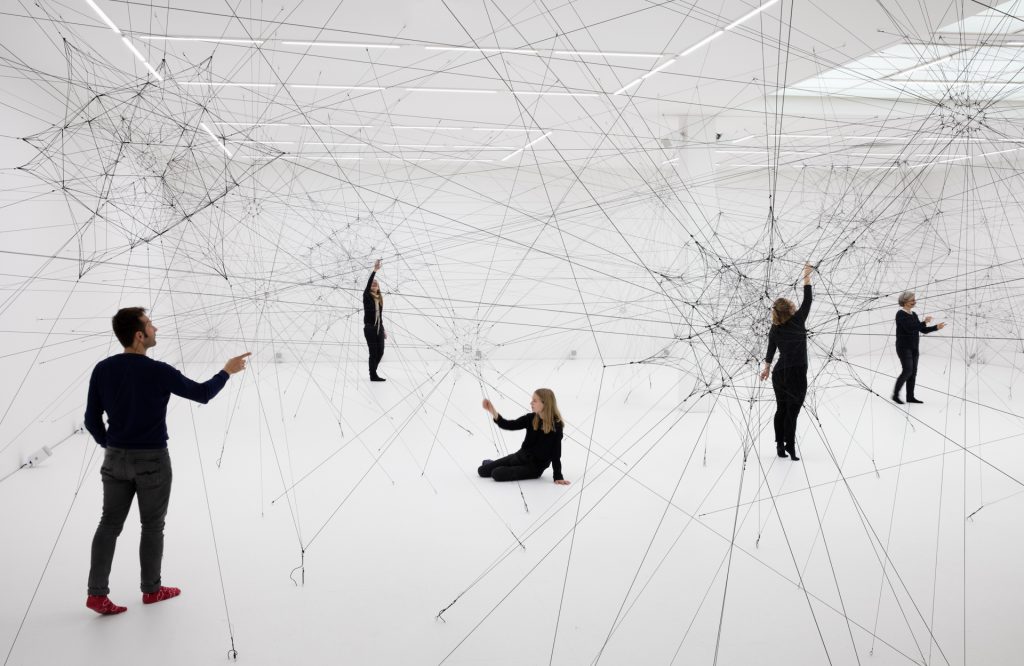
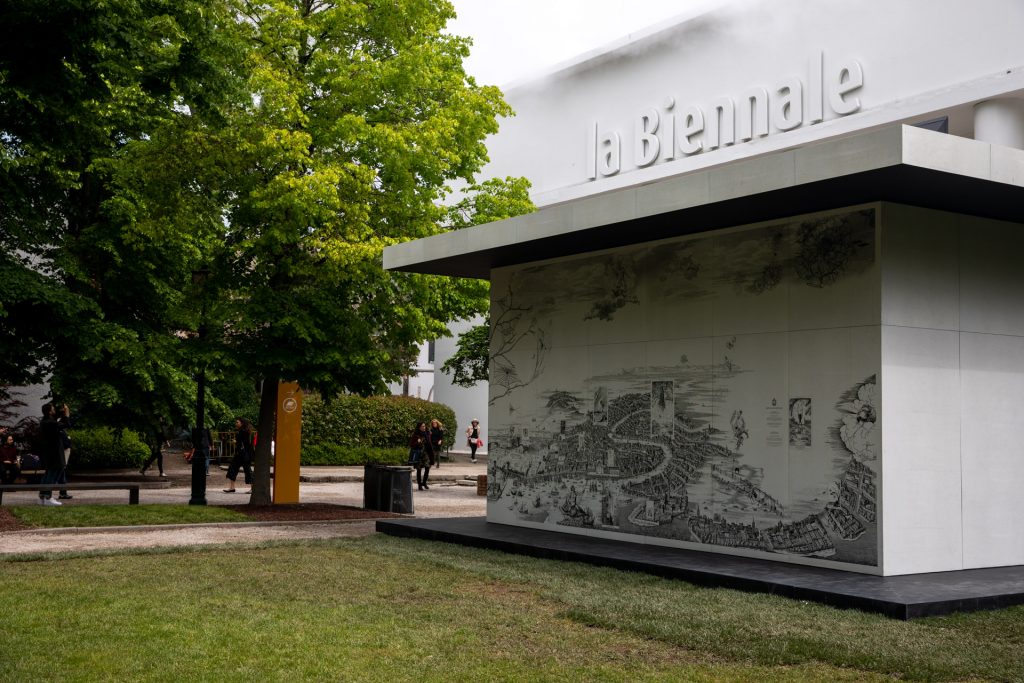
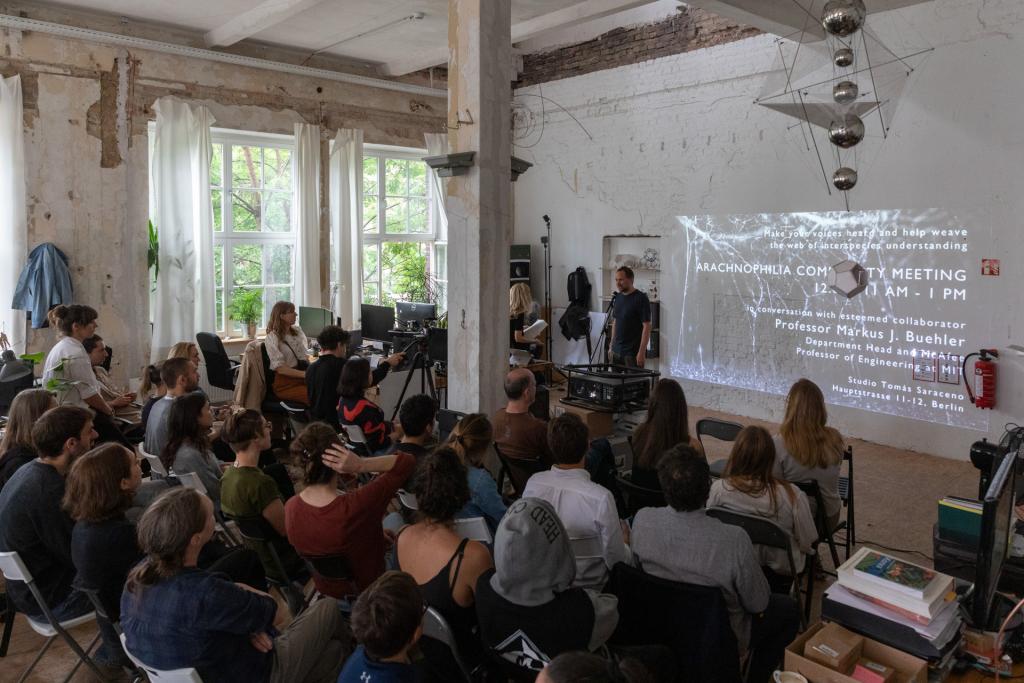
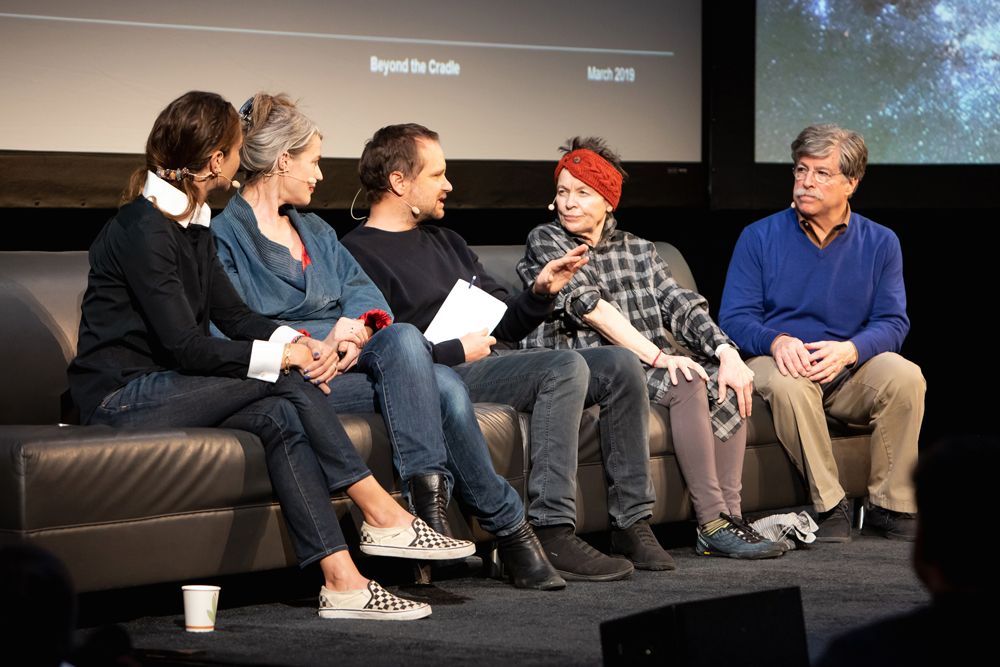
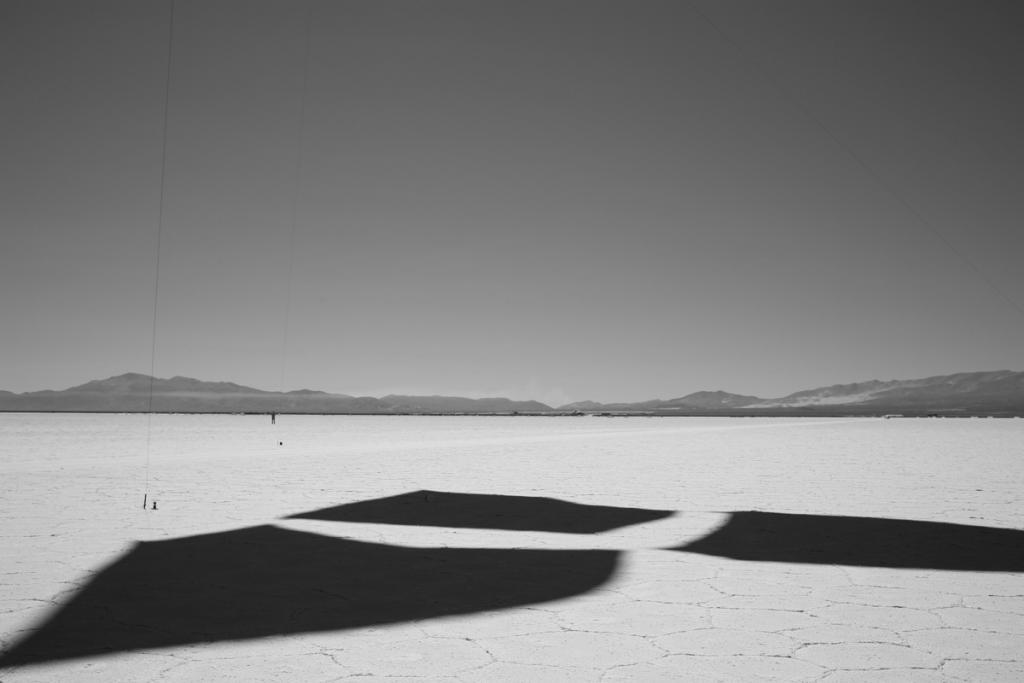
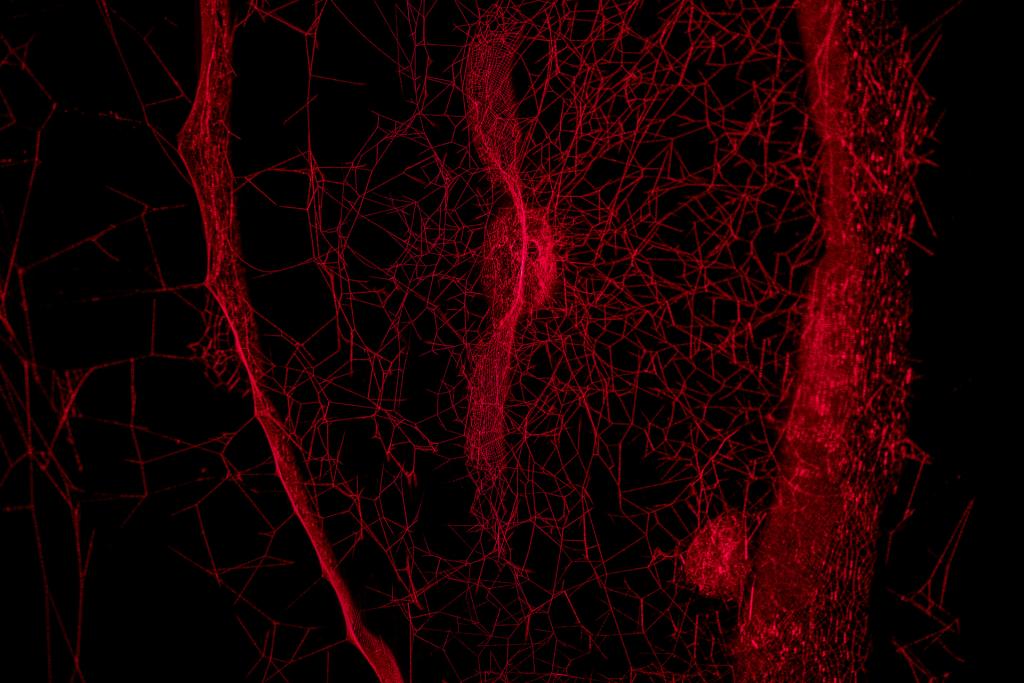
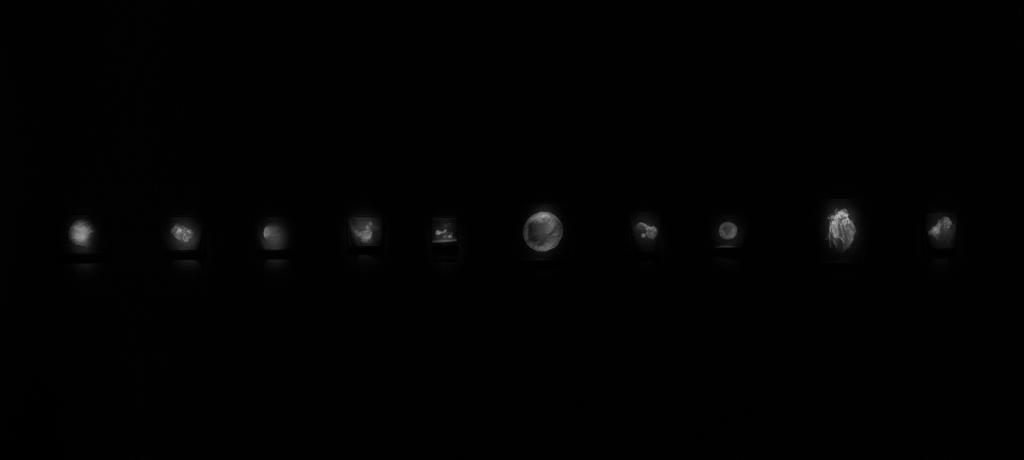

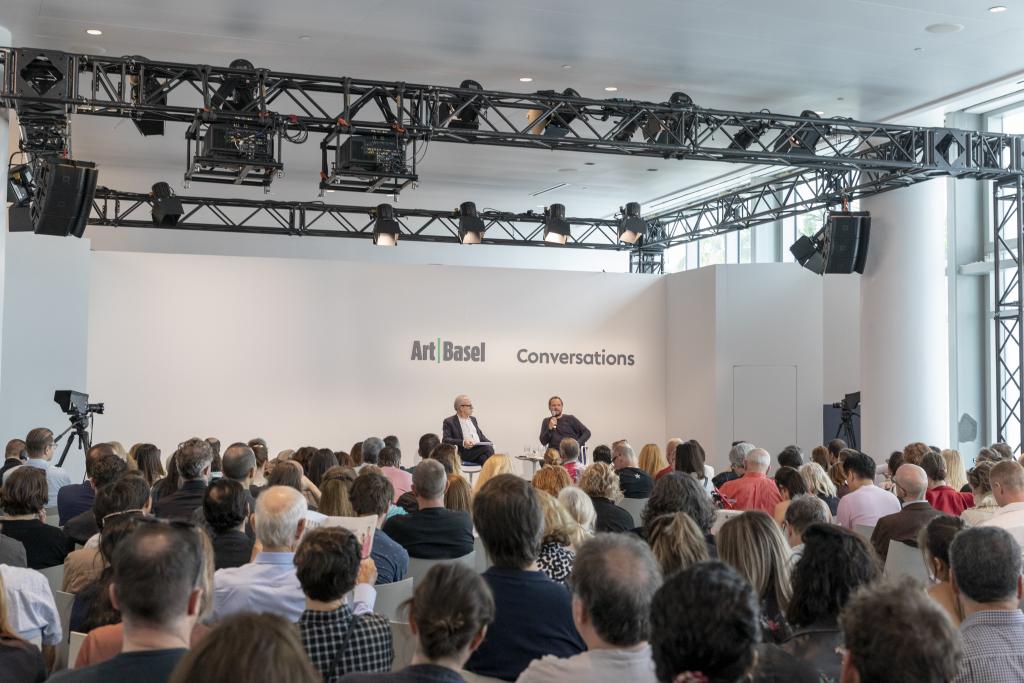
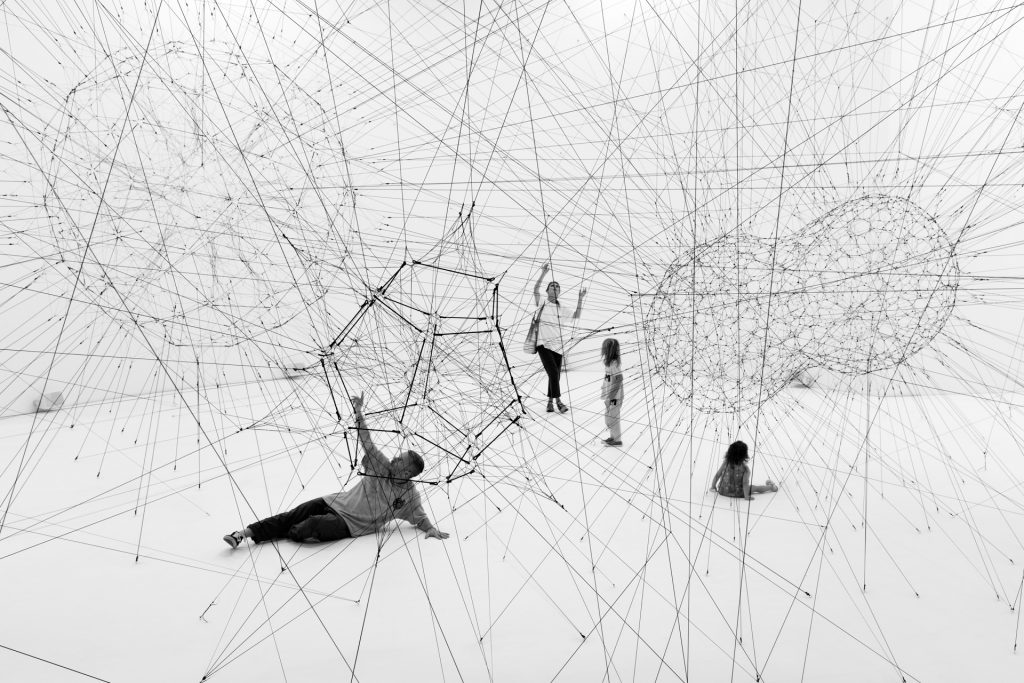
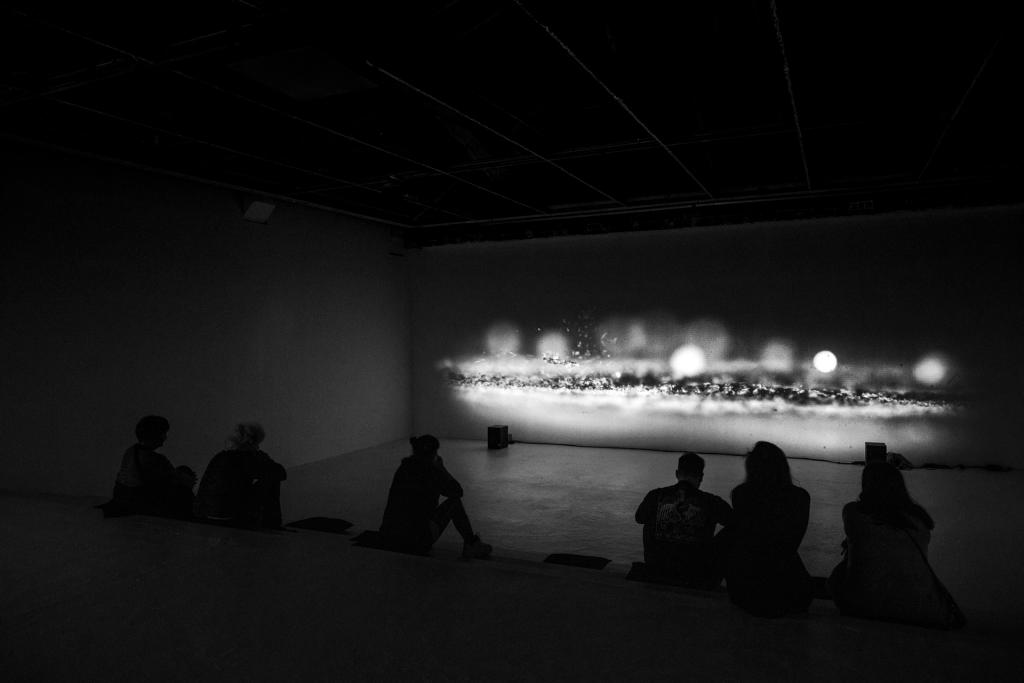
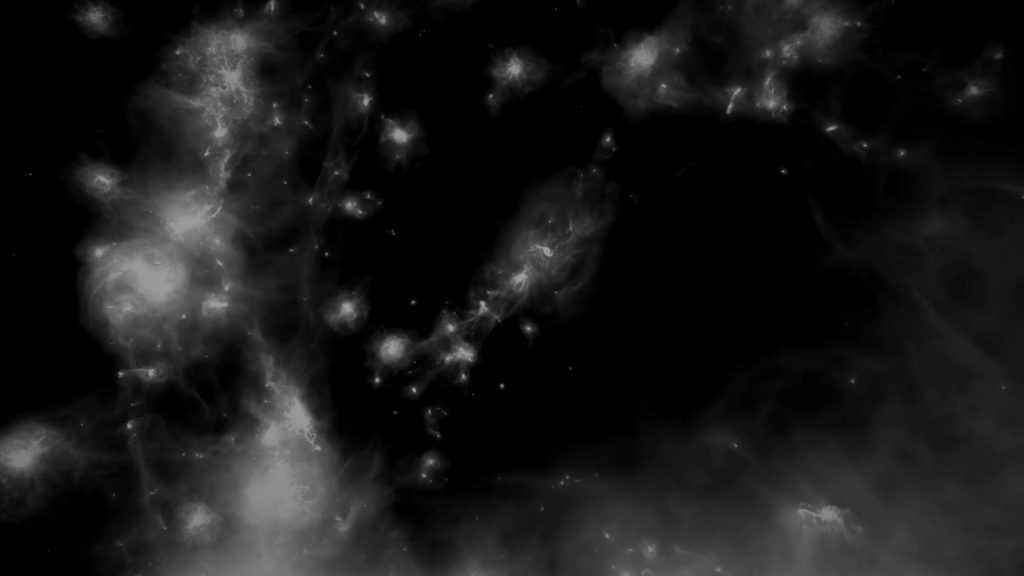
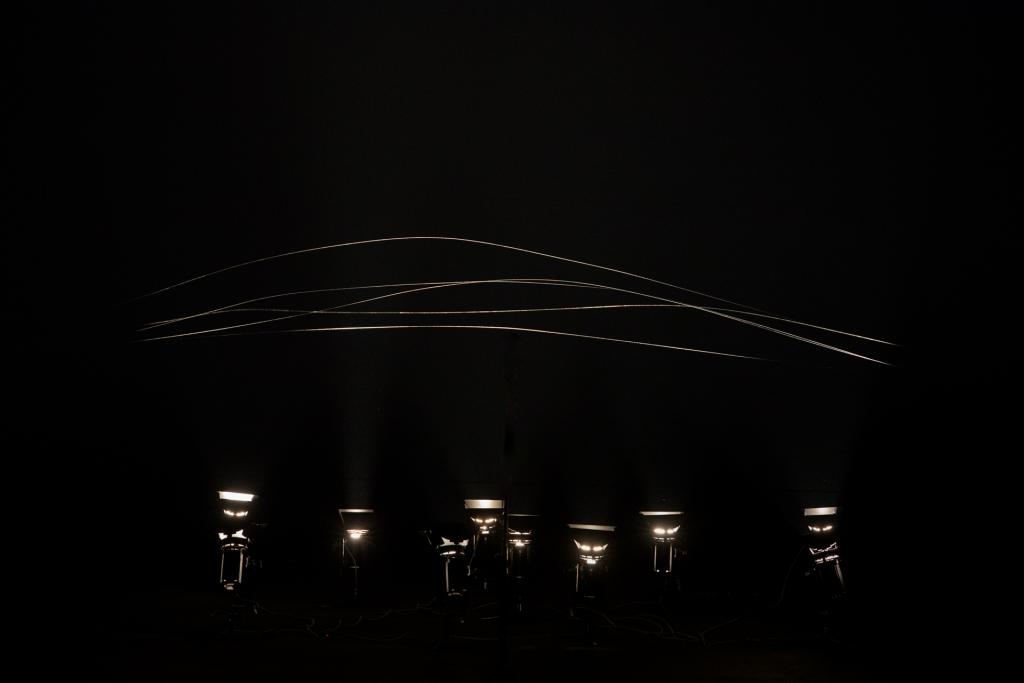
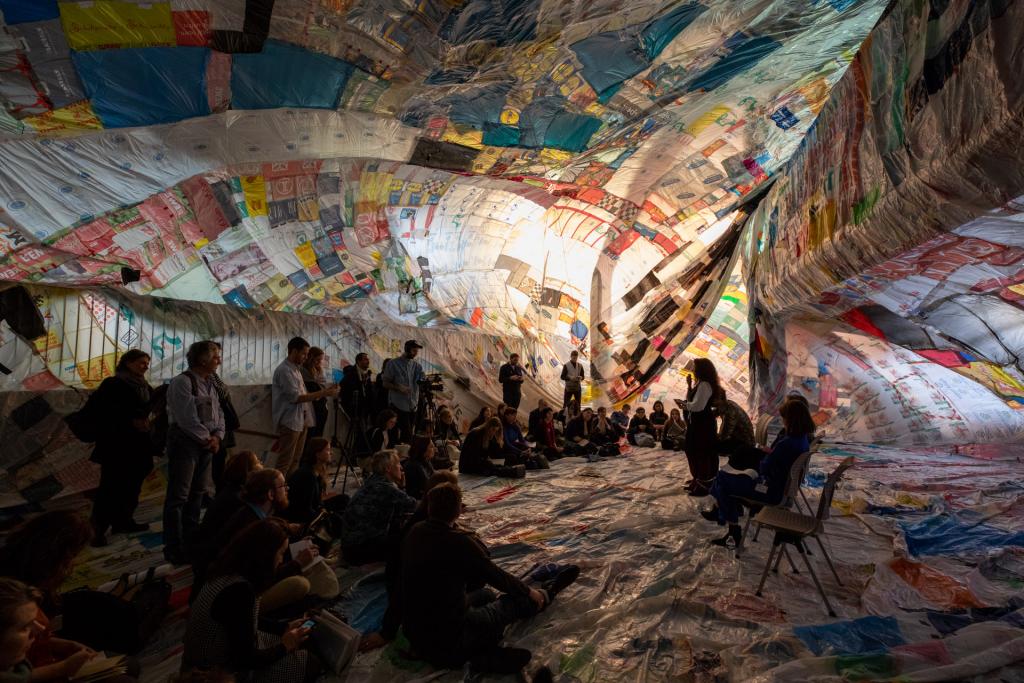
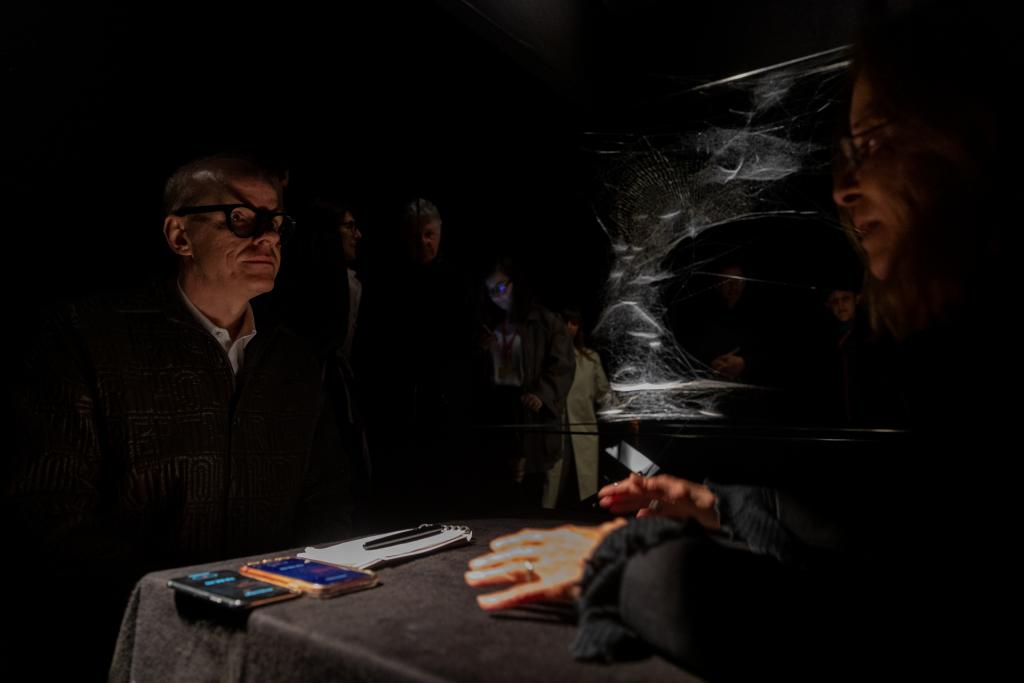
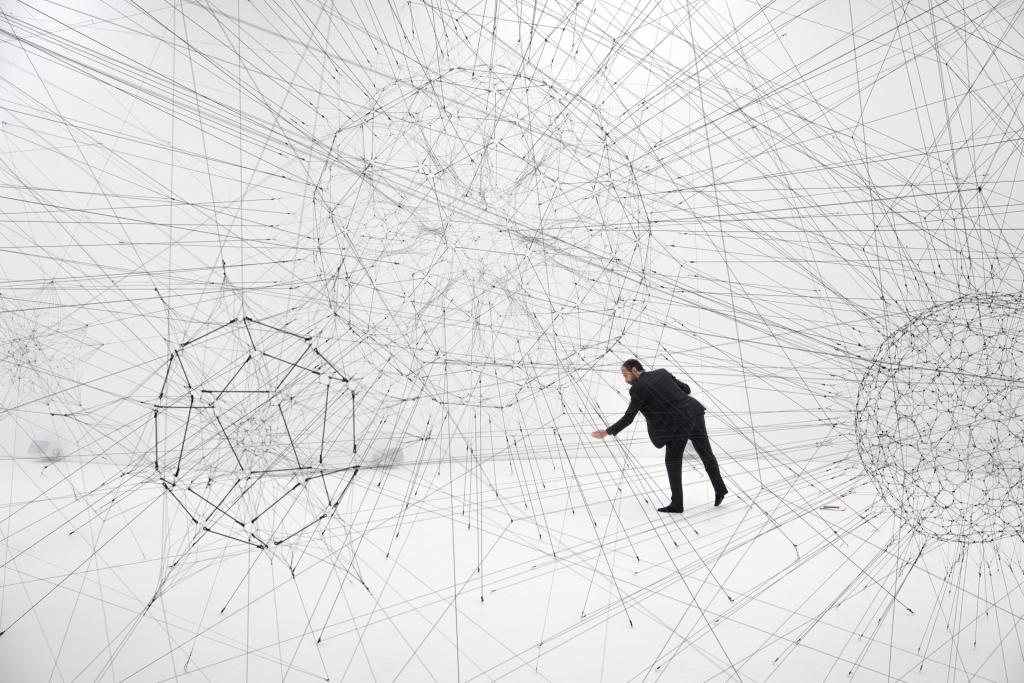
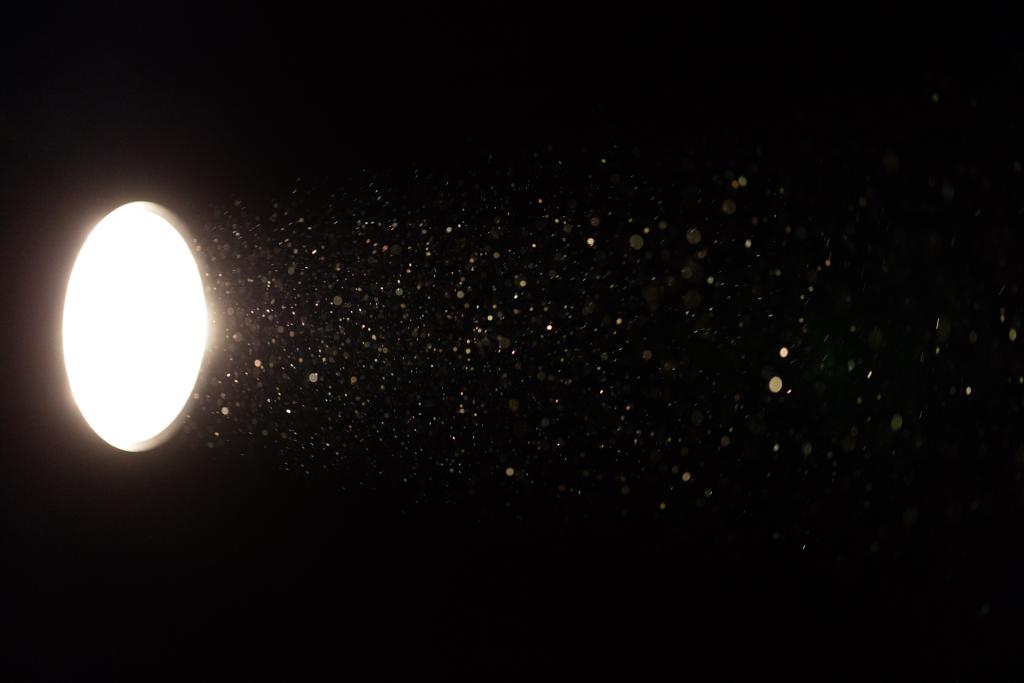
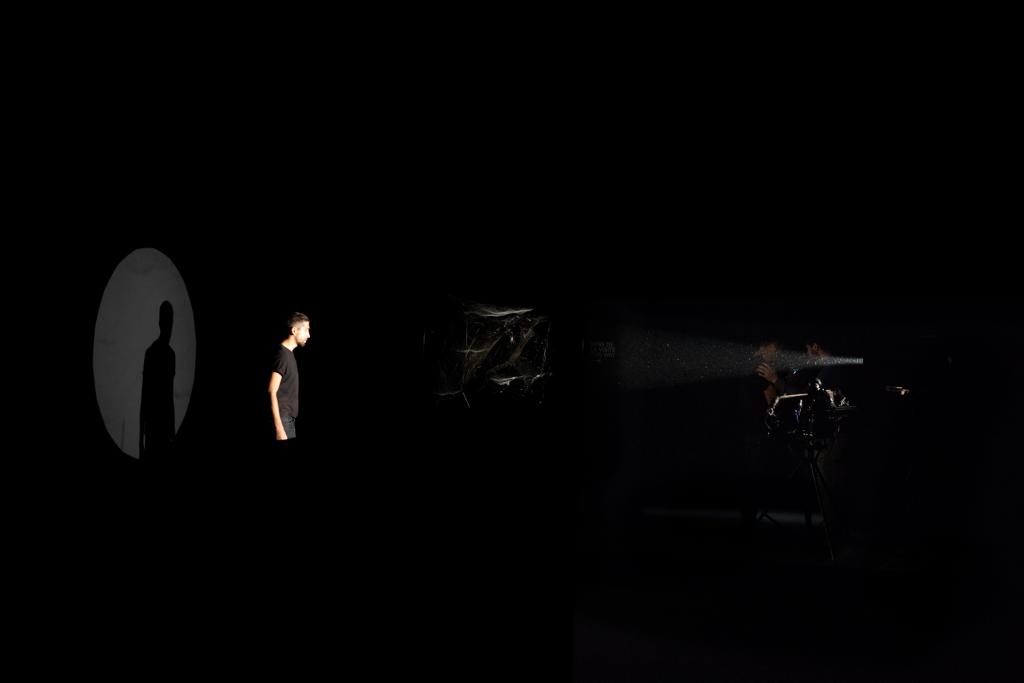
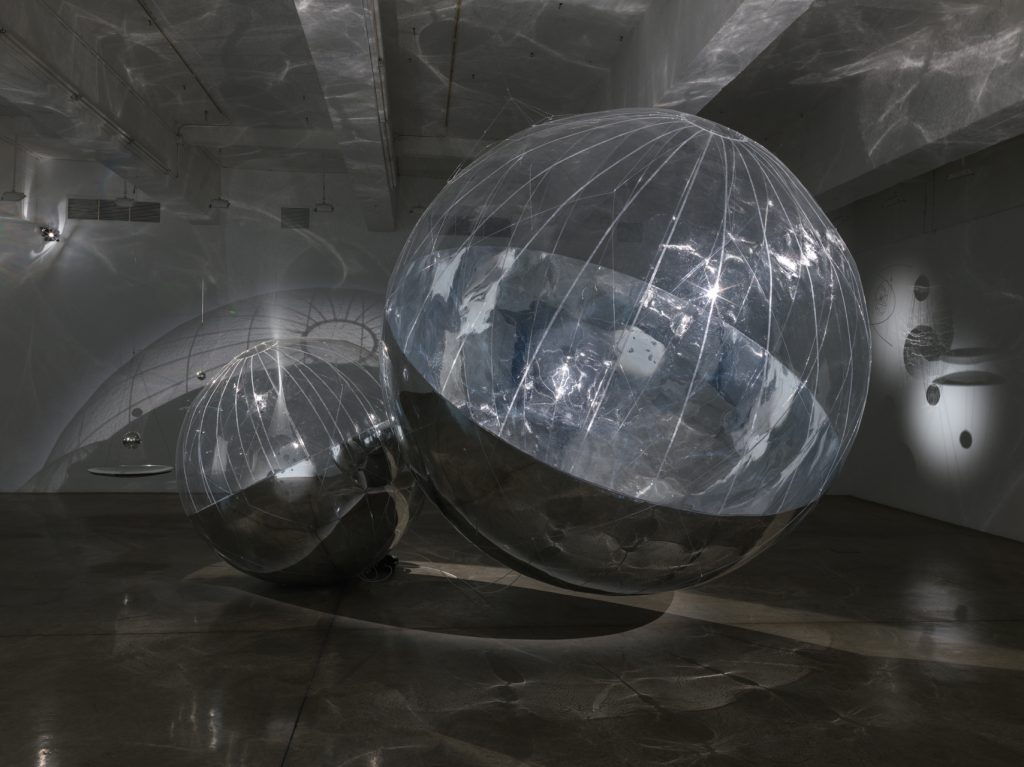
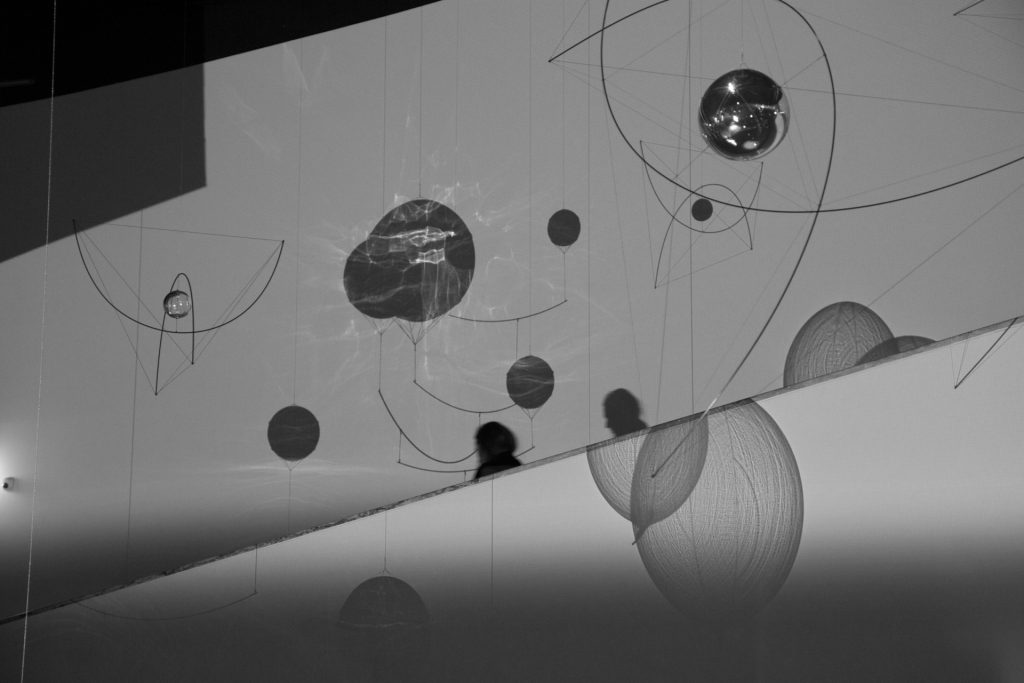
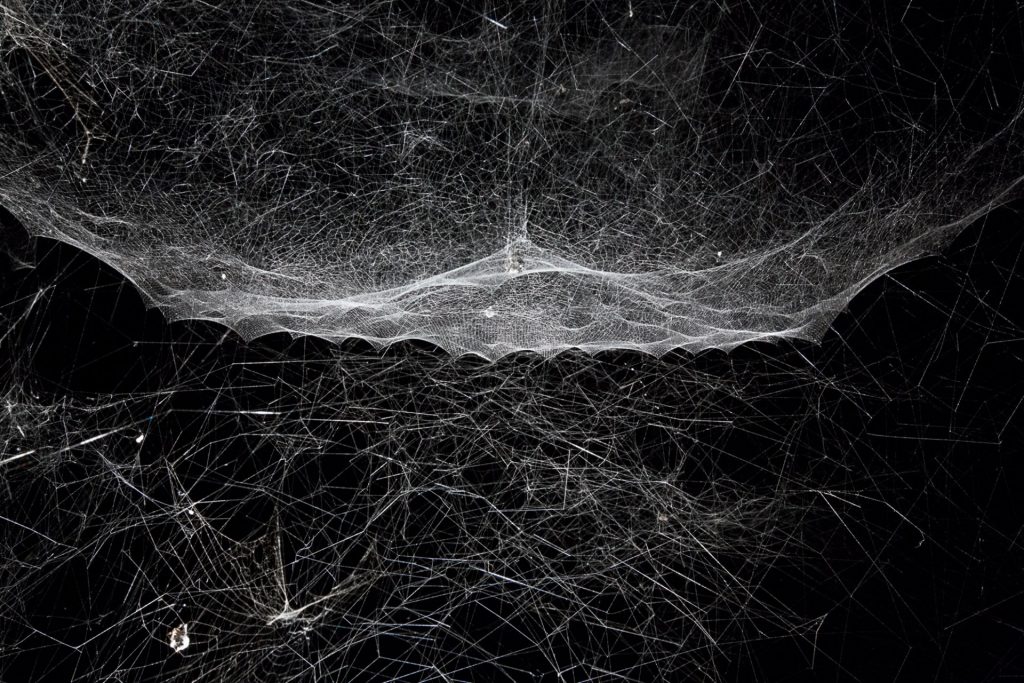
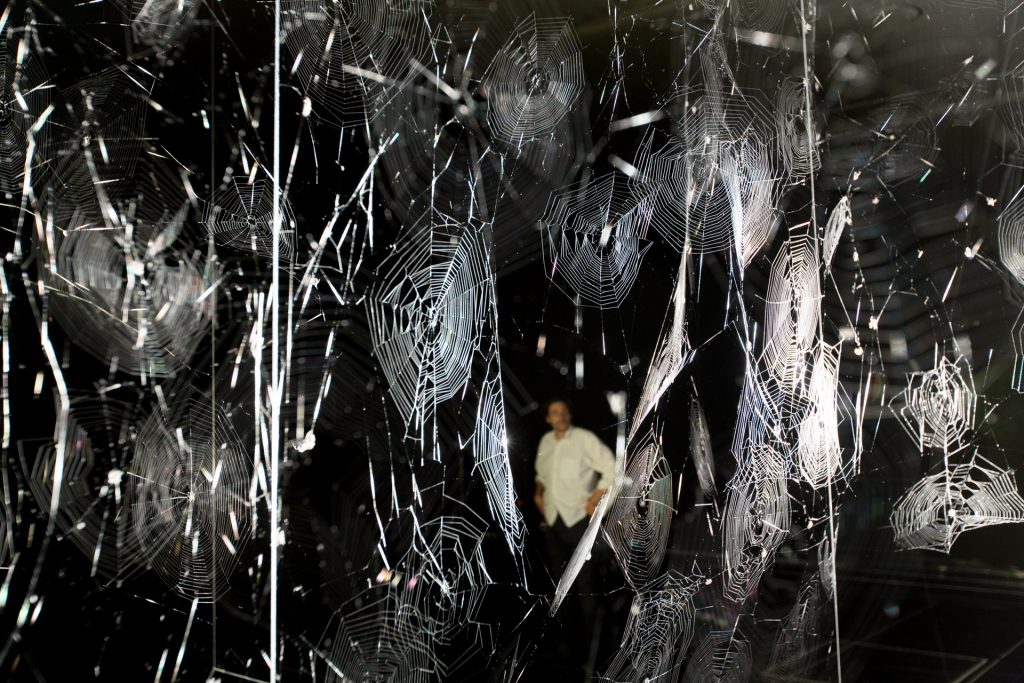
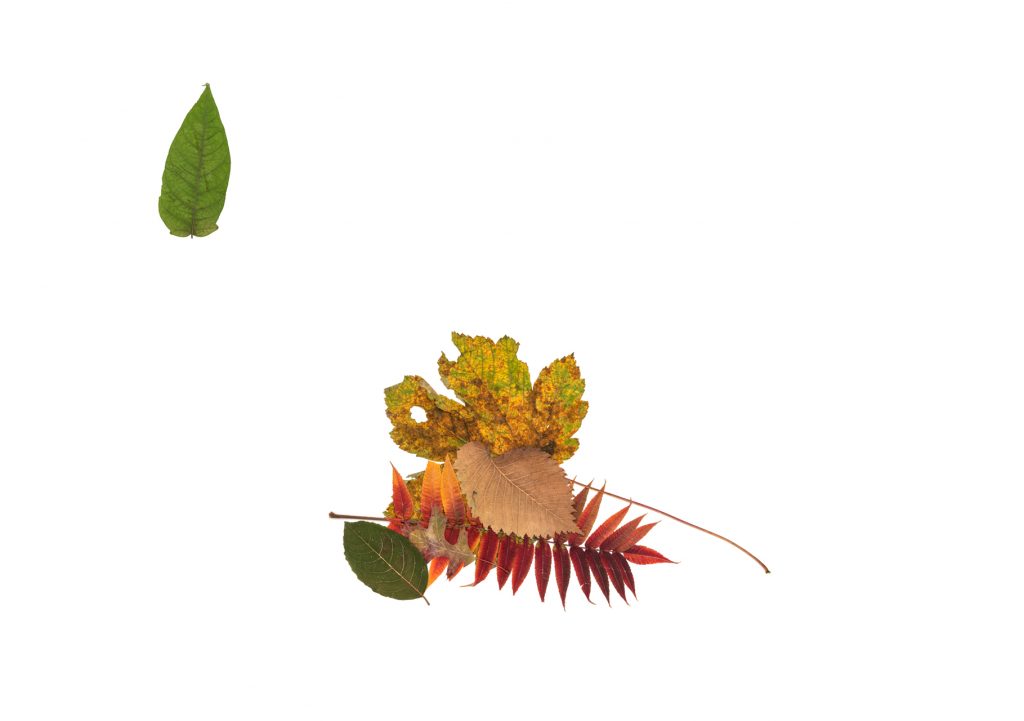
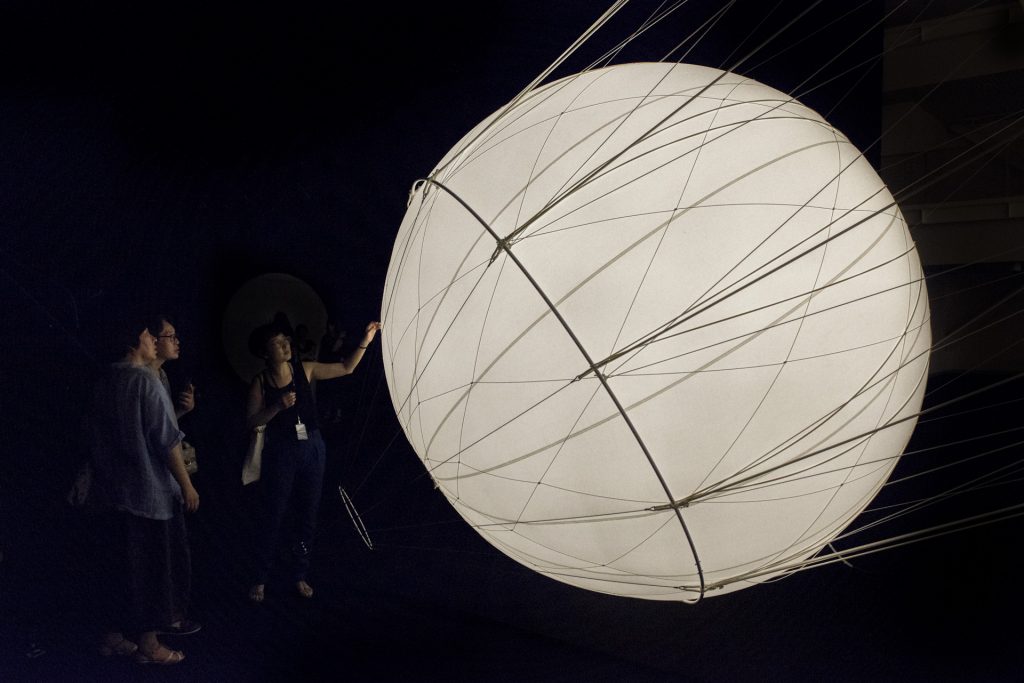
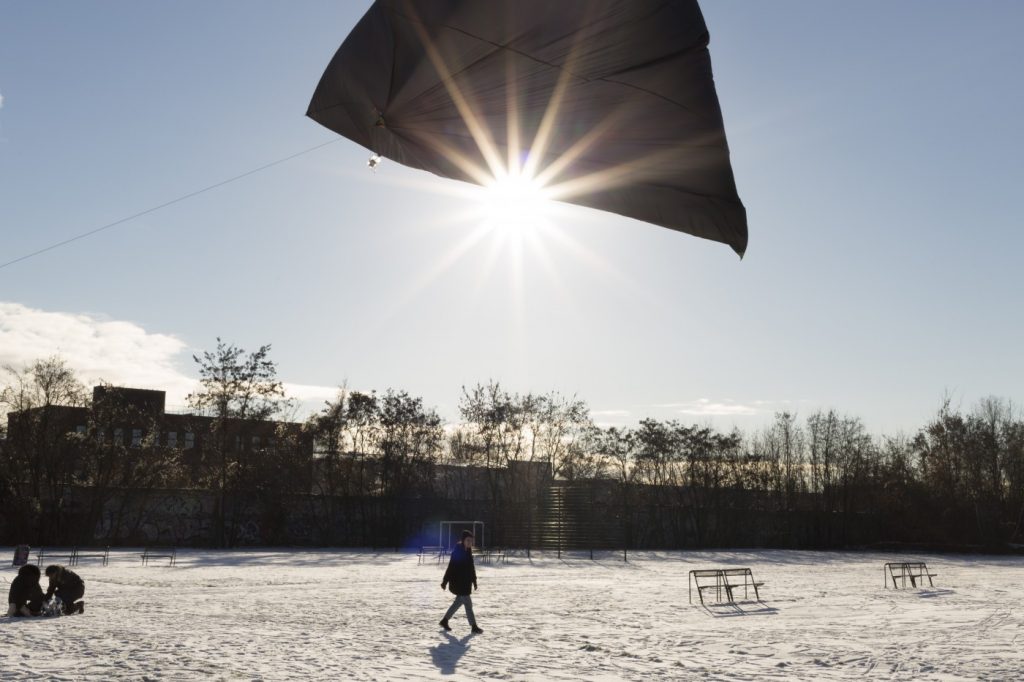
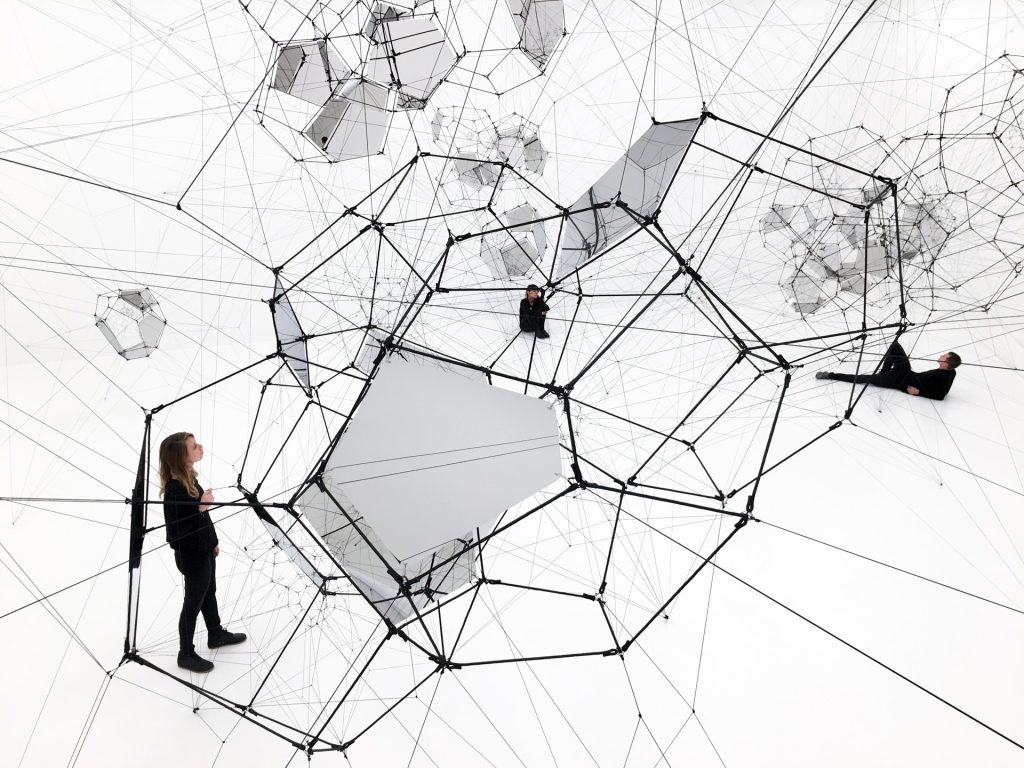
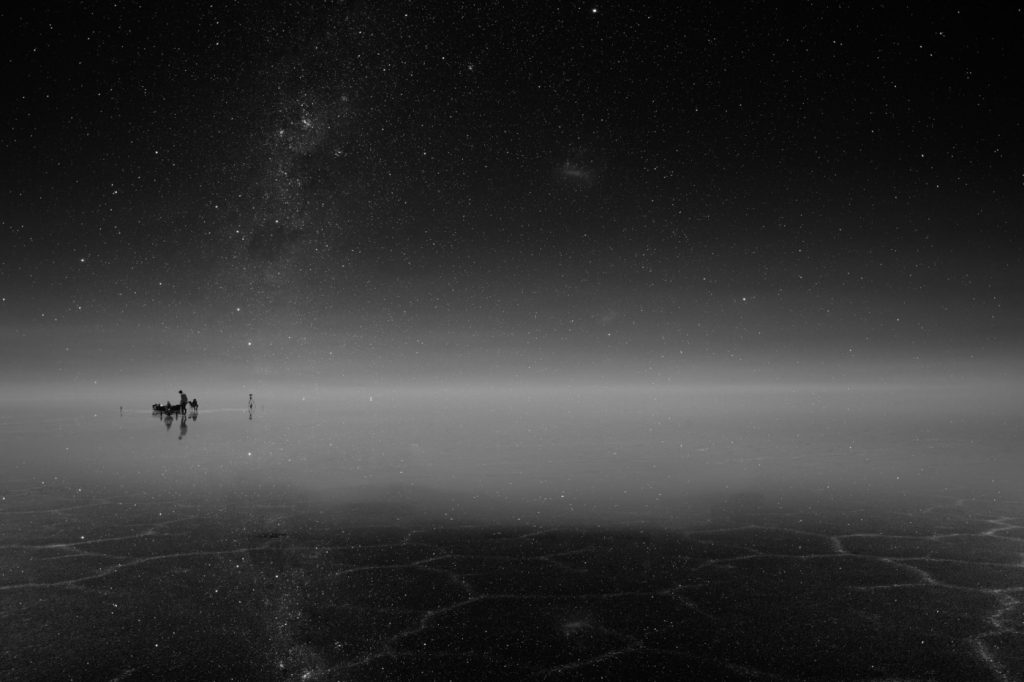
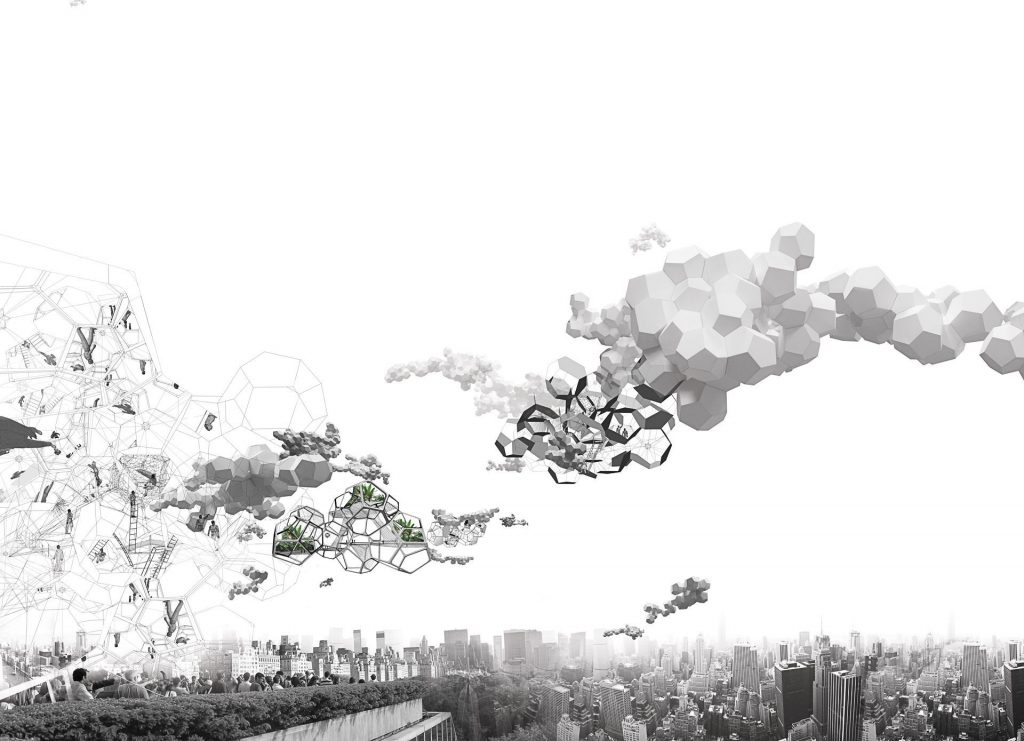
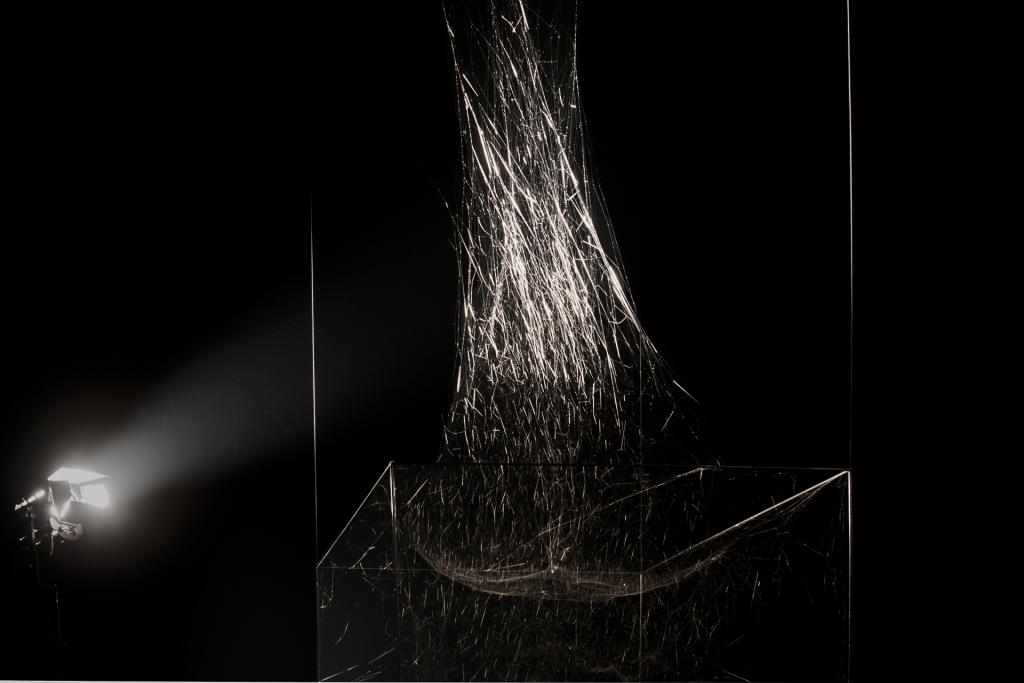
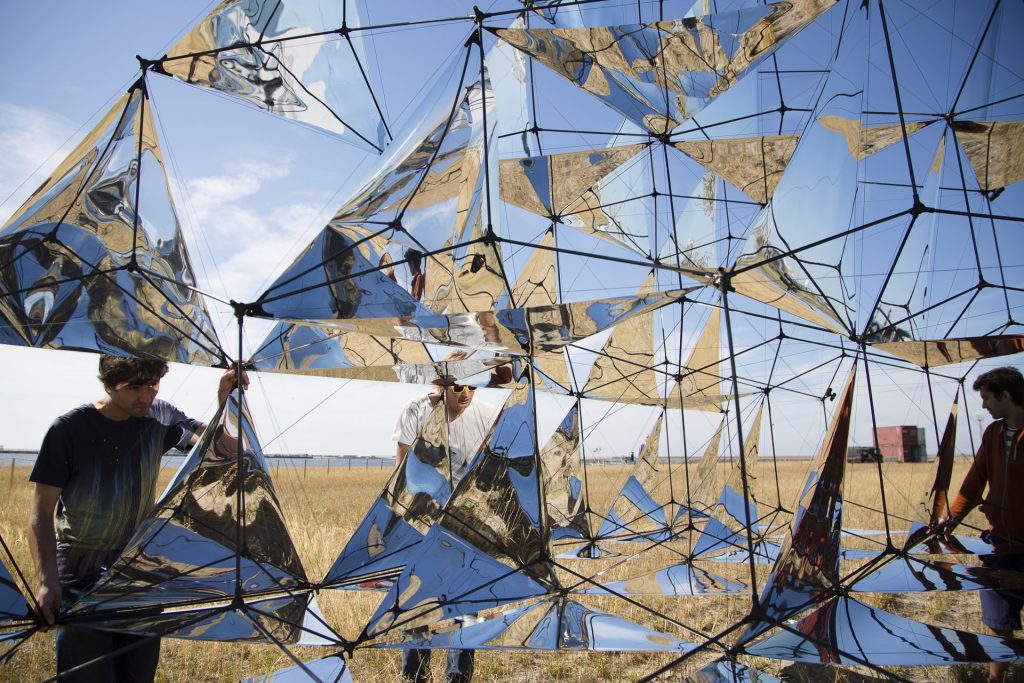
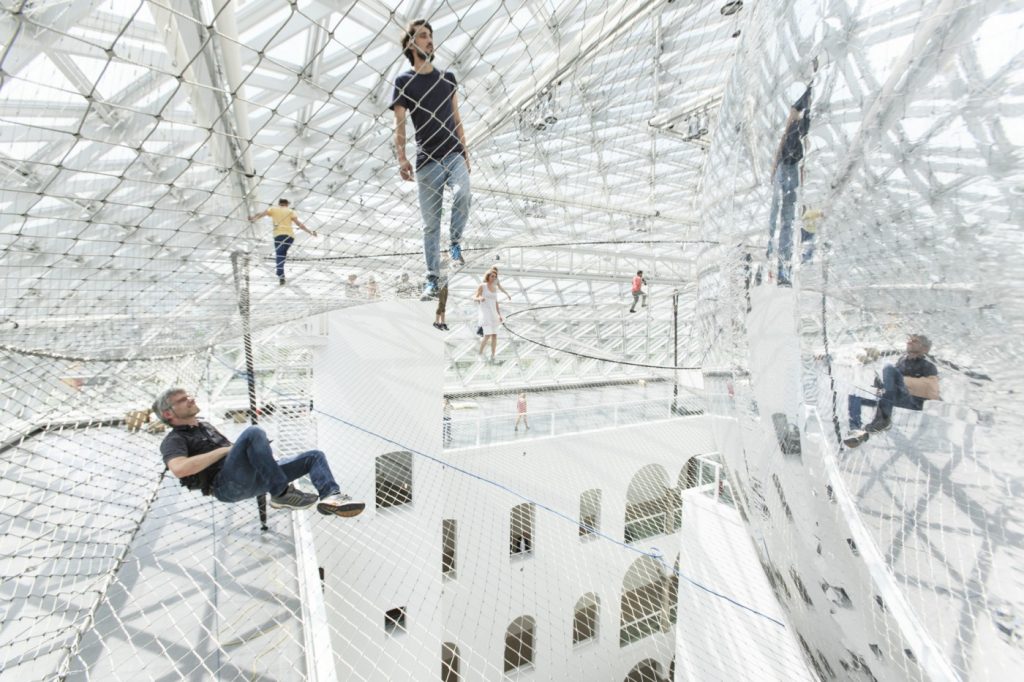
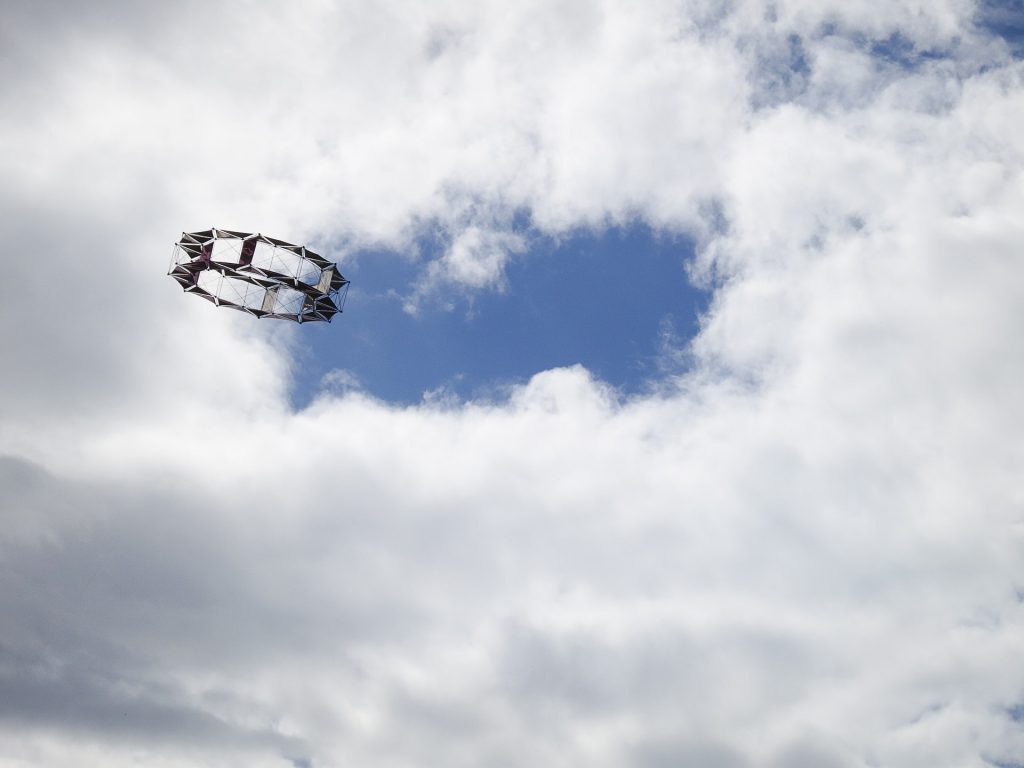
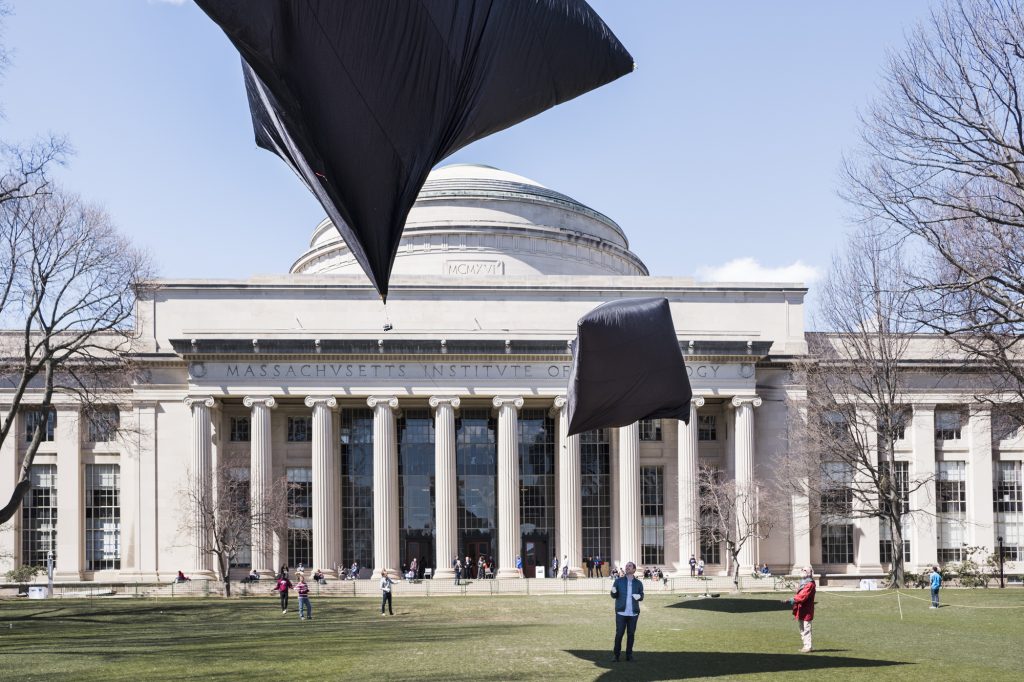
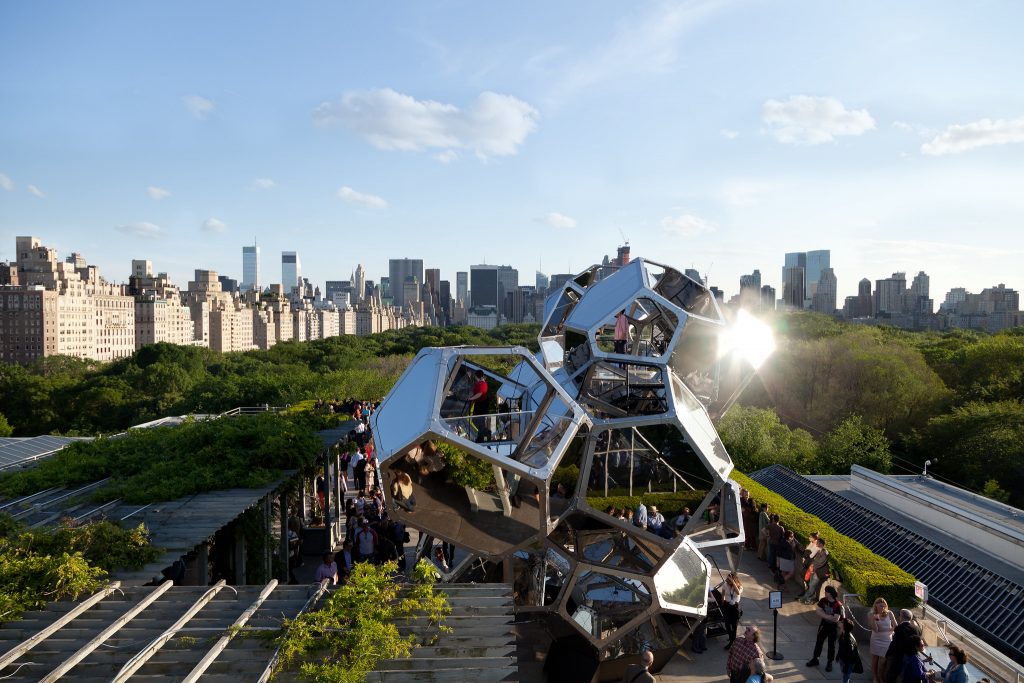
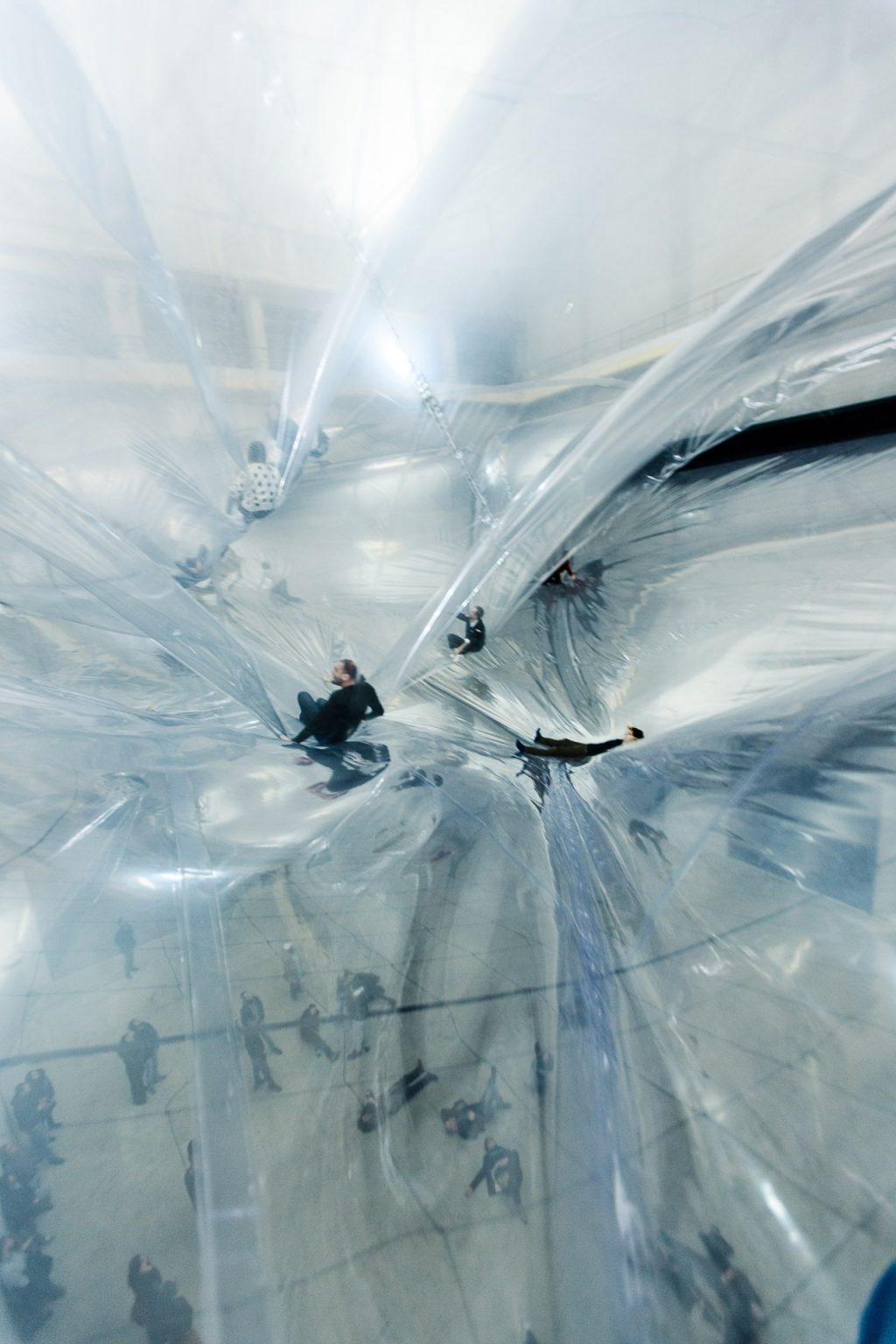
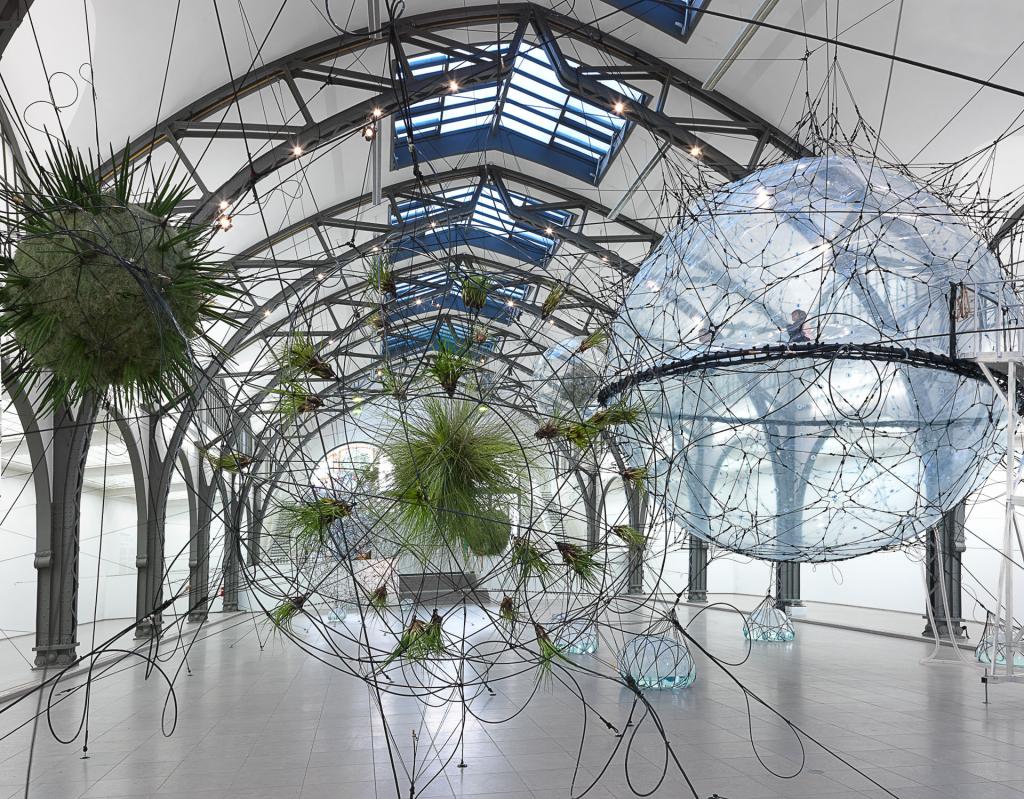
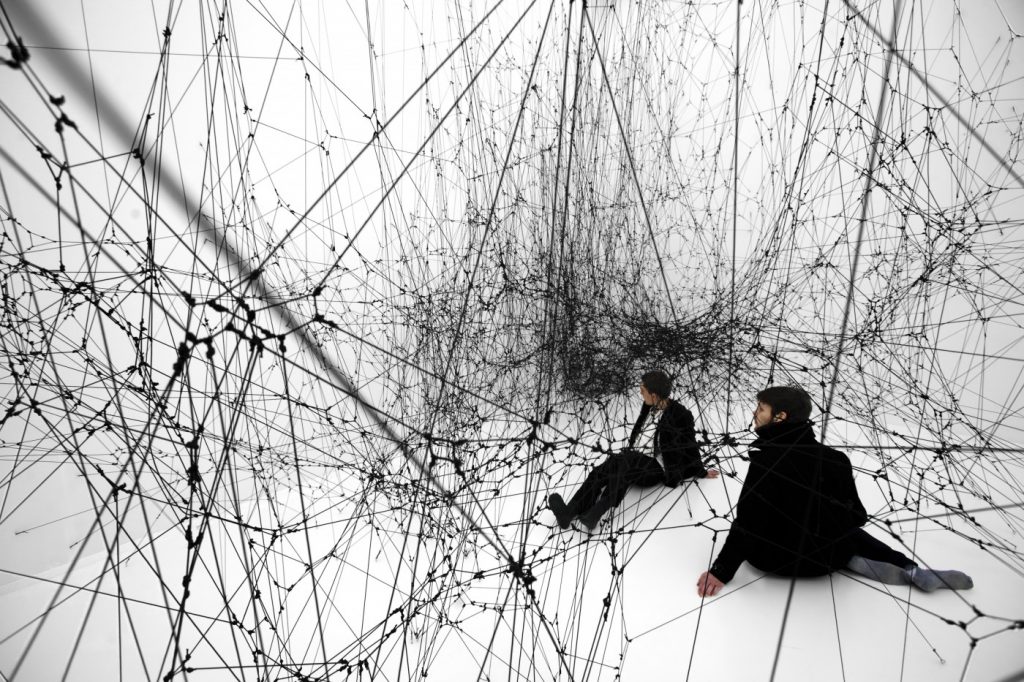
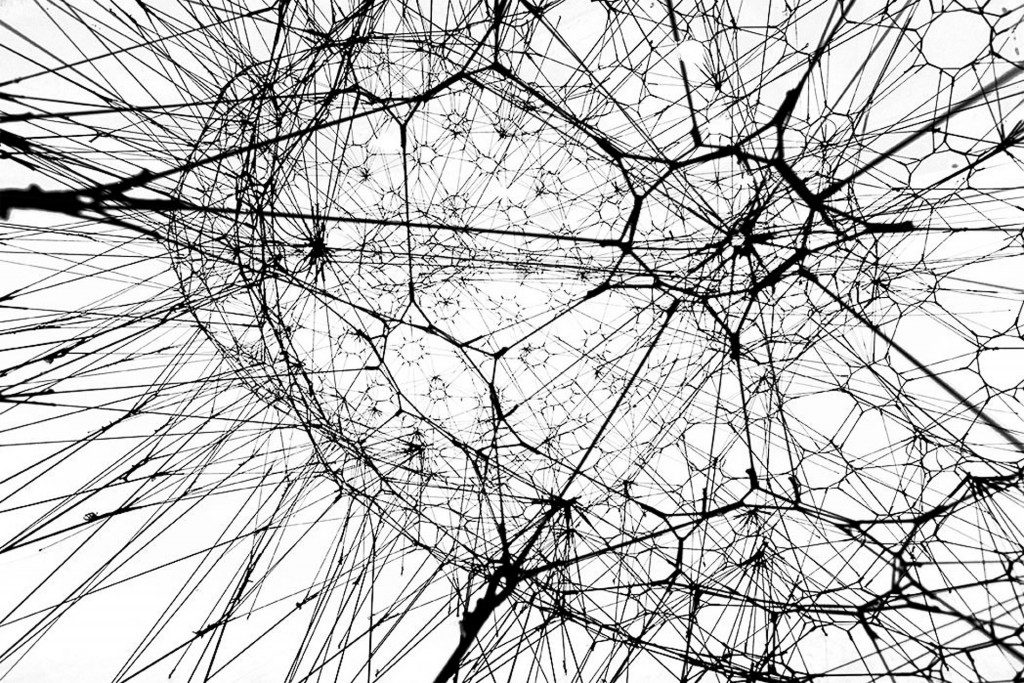
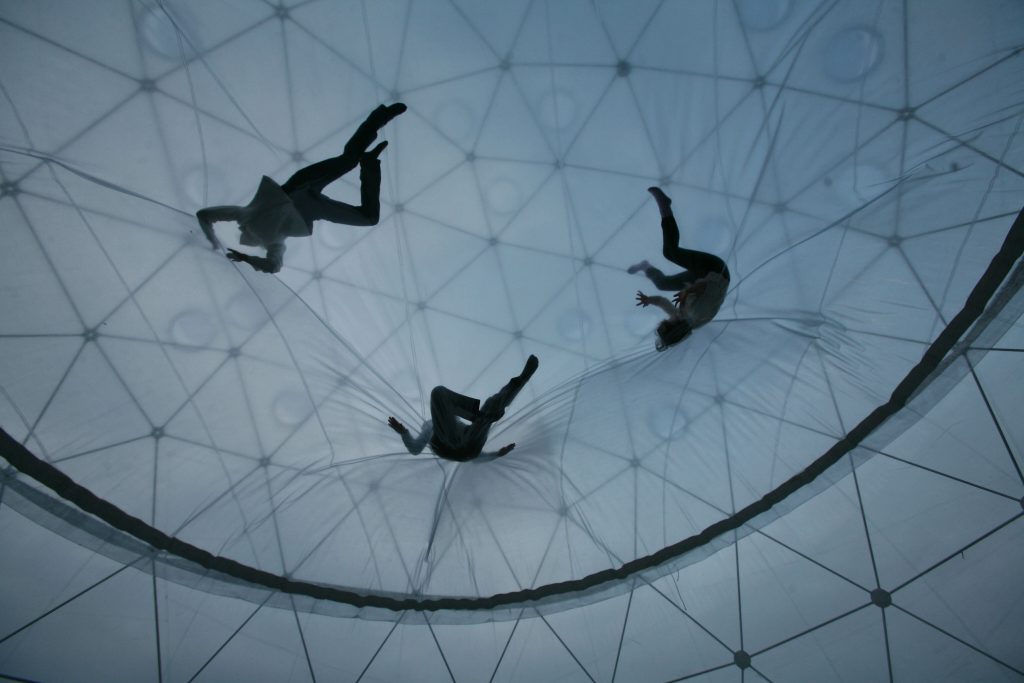
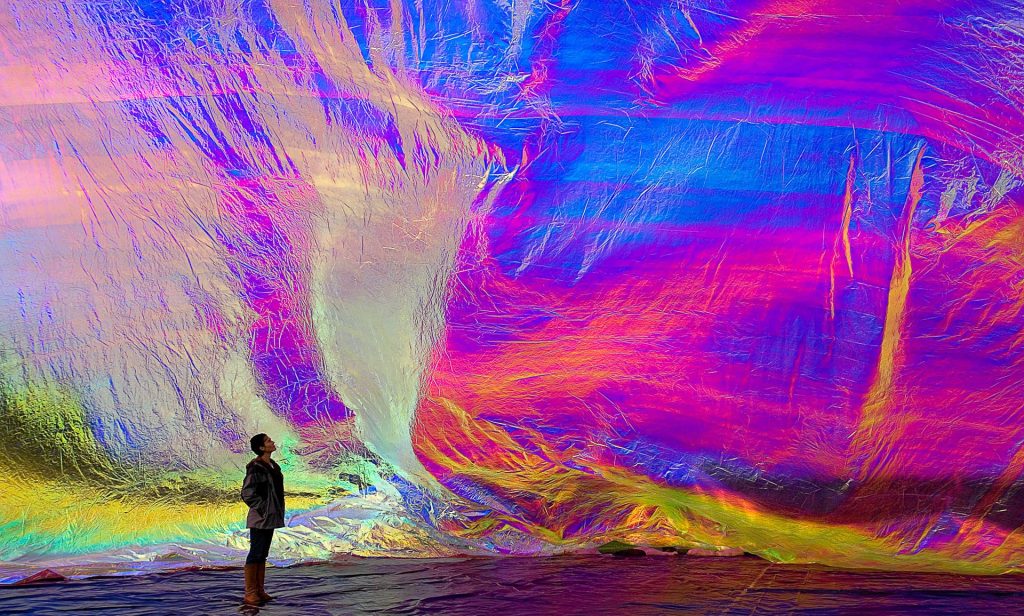
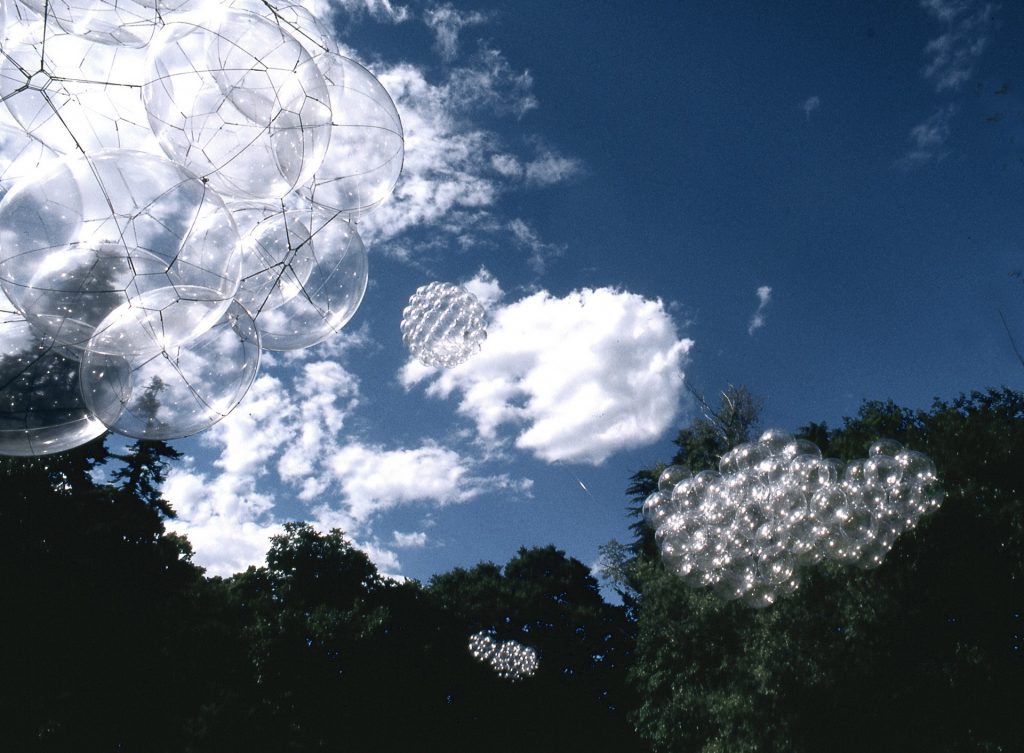
Artist Tomás Saraceno and medical writer Harriet A. Washington have a conversation around air quality and environmental racism in relation to the pandemic, followed by a panel discussion moderated by Bronx-based urban designer Oscar Oliver-Didier that includes the voices of New York City activists Mychal Johnson, a co-founding member of South Bronx Unite, and Leslie Velasquez, an environmental justice coordinator for El Puente.
The COVID-19 pandemic has further exacerbated connections between racial inequality, public health, and environmental health in the United States, as cases and deaths in communities of color significantly exceed those in white communities. As a respiratory illness, COVID-19 more severely affects those whose lungs and immune systems have already been compromised by pre-existing conditions resulting from systemic racism in the forms of exposure to toxic air pollution, blocked access to healthcare, and geographic segregation, among other inequities. In two conversations about the long-term, disproportionate effects of pollution on communities of color, artist Tomás Saraceno first invites science journalist Harriet A. Washington to join him in discussion before convening a group of activists to reflect on the severity of COVID-19’s unequal impact in the US.
For more than a decade, Saraceno has been imagining more equitable modes of existence with the environment, creating floating sculptures, community projects, and interactive installations that propose a sensory solidarity with the planet and nonhuman beings. In 2018, Saraceno exhibited Calendrier Lun-Air de Paris, a work consisting of filter paper strips—collected from Airparif, an organization responsible for monitoring air quality in the Paris region—that capture hourly samples of the toxic particles we breathe in, resulting in a series of dots ranging from gray (indicating light pollution) to black (heavy pollution).
Inspired by Harriet A. Washington’s reporting on environmental justice issues in her book A Terrible Thing to Waste: Environmental Racism and Its Assault on the American Mind (2019), Saraceno created his next iteration, titled We Do Not All Breathe the Same Air (2020). The work—which will appear in Particular Matter(s), his upcoming exhibition at The Shed that was postponed by the pandemic—presents a visualization of air quality data from across the United States to demonstrate the uneven distribution of particulate matter, or microscopic air pollution.
In a first conversation, Saraceno and Washington will discuss this artwork, its historical context and causes, and what can be done to effect change in our communities and environment. A follow-up panel discussion—moderated by Bronx-based urban designer Oscar Oliver-Didier and including the voices of New York City activists Mychal Johnson, a co-founding member of South Bronx Unite, and Leslie Velasquez, an environmental justice coordinator for El Puente—takes these questions further.
...